

Holy Land
Israel, Jordan & Egypt’s Top Sites



TheHoly Land
Welcome to the Holy Land, a region of profound historical and spiritual significance,whereancienthistoryandsacredsitesblendwithvibrantmodern culture. For centuries, the Holy Land has been a pilgrimage destination for followers of Judaism, Christianity, and Islam, offering a deeply moving journey through time and faith. In Jerusalem, you’ll encounter some of the most revered sites in the world. Explore the Western Wall, a sacred place of prayer for Jews, and visit the nearby Church of the Holy Sepulchre, believed to be where Jesus was crucified and resurrected. The Dome of the Rock, an Islamic landmark, stands majestically on the Temple Mount, a testament



to the region’s diverse religious heritage. Beyond Jerusalem, the Holy Land offers many other wonders. Visit Bethlehem, the birthplace of Jesus, or venture to Nazareth, where key events in Christian history unfolded. In the northern region, the Sea of Galilee and Mount of Beatitudes are serene places of reflection tied to biblical stories. The Holy Land is also home to vibrant, modern cities like Tel Aviv, known for its lively arts, beach culture, and culinary scene. Whether for spiritual exploration or cultural discovery, the Holy Land provides a journey unlike any other, steeped in history and reverence.
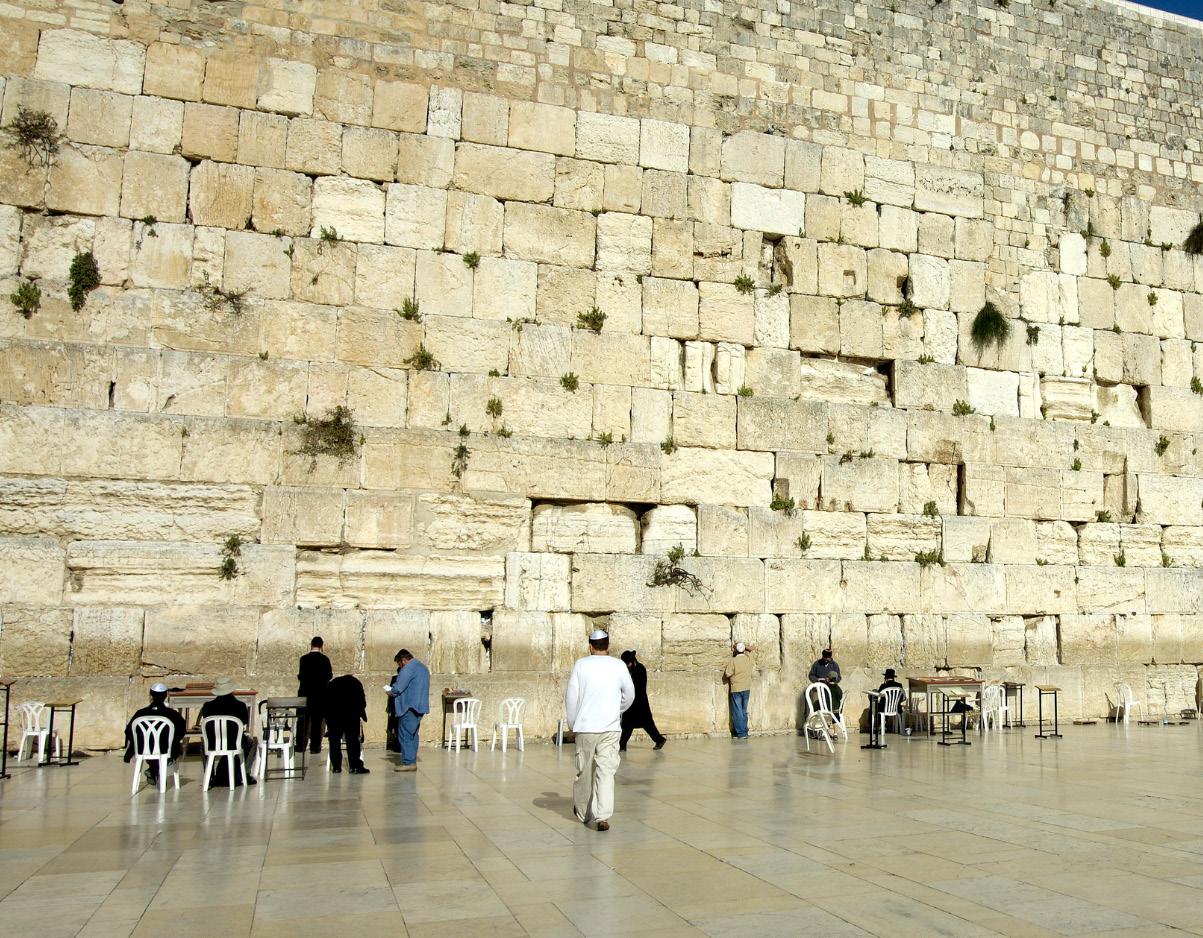
The Western Wall
The Western Wall, also known as the Wailing Wall, is one of the most sacred sites in Judaism, located in the Old City of Jerusalem. It is the last remaining part of the Second Temple, which was destroyed in 70 CE, and has since become a powerful symbol of faith and resilience. Pilgrims and visitors from around the world come to the Wall to pray, reflect, and leave written prayers inthecracksbetweenitsancientstones.TheatmospherearoundtheWestern Wallisdeeplyspiritual,withpeopleofallfaithswelcometovisit.Theplazain front of the Wall is divided into sections for men and women in accordance



with Orthodox Jewish traditions. Religious ceremonies, including bar and bat mitzvahs, are often held here, adding to the Wall’s vibrant, living history. Situated within Jerusalem’s diverse and historic quarters, the Western Wall is a short walk from other significant religious landmarks, such as the Church of the Holy Sepulchre and the Dome of the Rock. For anyone visiting Jerusalem, the Wall offers a powerful connection to the city’s profound religious heritage, making it an essential stop for both spiritual seekers and history enthusiasts alike.

Church of the Holy Sepulchre
The Church of the Holy Sepulchre, located in the heart of Jerusalem’s Old City, is one of Christianity’s holiest sites. Believed to be the location of Jesus Christ’s crucifixion, burial, and resurrection, this sacred church draws millions of pilgrims and visitors from around the world. The church, first built in the 4th century, houses several key religious sites under its roof, including Golgotha (the site of the crucifixion), the Stone of Anointing (where Jesus’ body was prepared for burial), and the Holy Tomb itself. The architecture of the church reflects centuries of history, with elements from
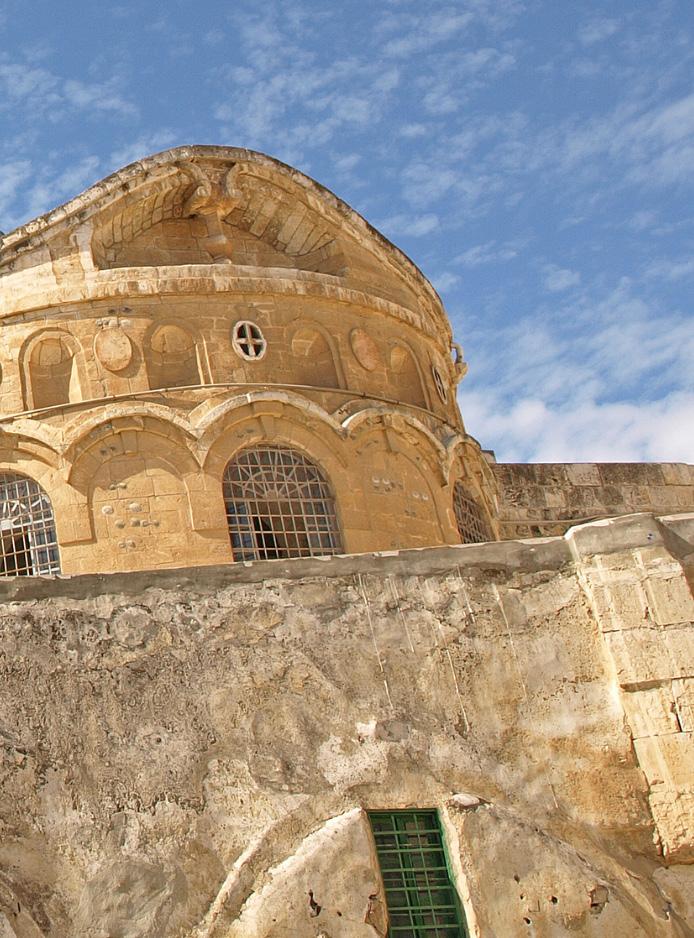

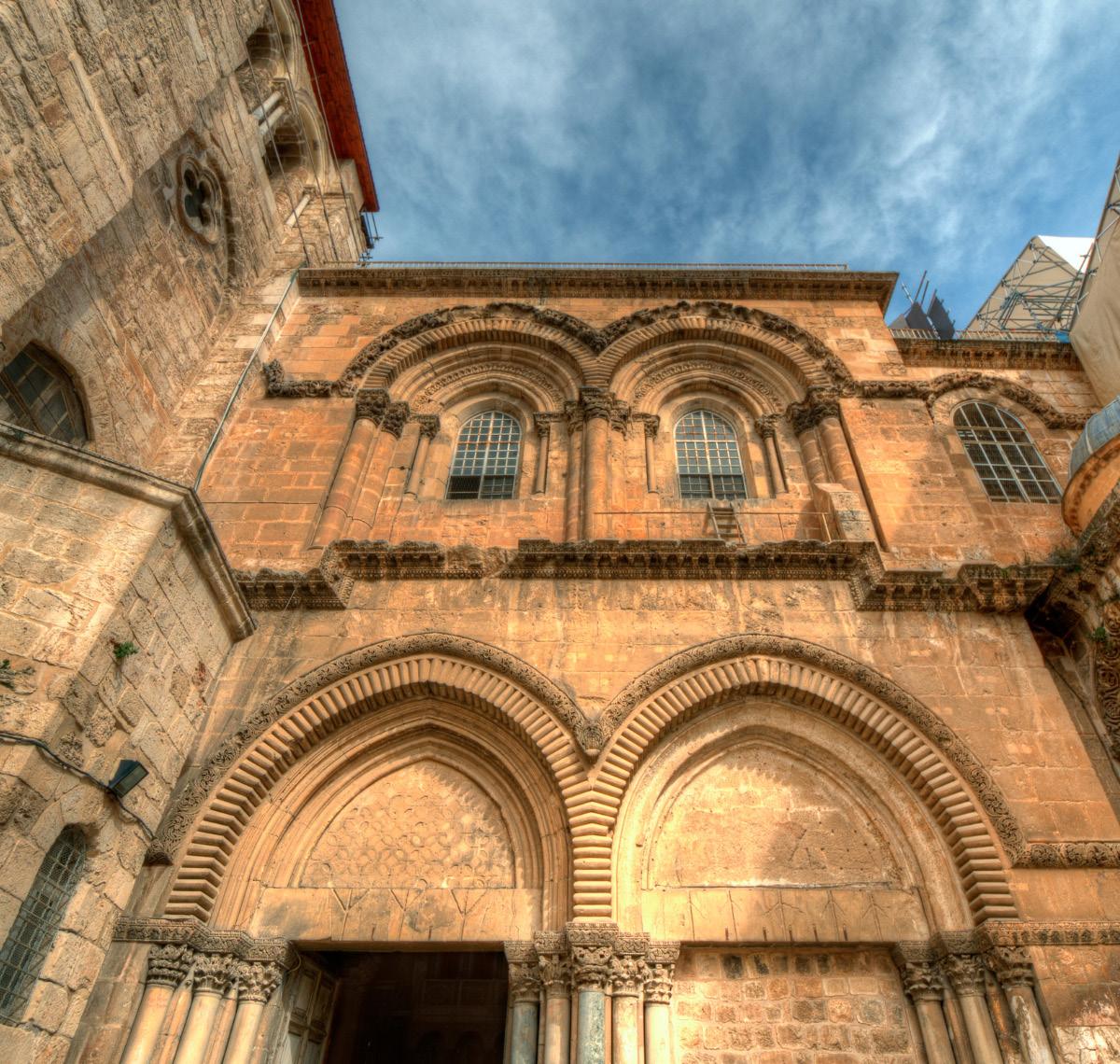
various Christian denominations. Inside, a spiritual atmosphere pervades the space as visitors offer prayers, light candles, and participate in religious ceremonies. The ornate decor, ancient stonework, and dimly lit passageways add to the sense of reverence and antiquity. Located in the Christian Quarter of the Old City, the Church of the Holy Sepulchre is accessible to all and serves as a profound place for reflection, regardless of one’s faith. It stands as a powerful reminder of Jerusalem’s central role in religious history and continues to be a focal point for Christian devotion.

Dome of the Rock
The Dome of the Rock, located on the Temple Mount in Jerusalem, is one of the most significant religious sites in the world. This stunning Islamic shrine, completed in 691 AD, is renowned for its golden dome and intricate mosaics that make it a standout feature of the city’s skyline. Built on the site where, according to Islamic tradition, the Prophet Muhammad ascended to heaven, the Dome of the Rock also holds deep spiritual importance for Jews and Christians. It is believed to be near the location of the First and Second Jewish Temples, making it a revered site for multiple faiths. The octagonal

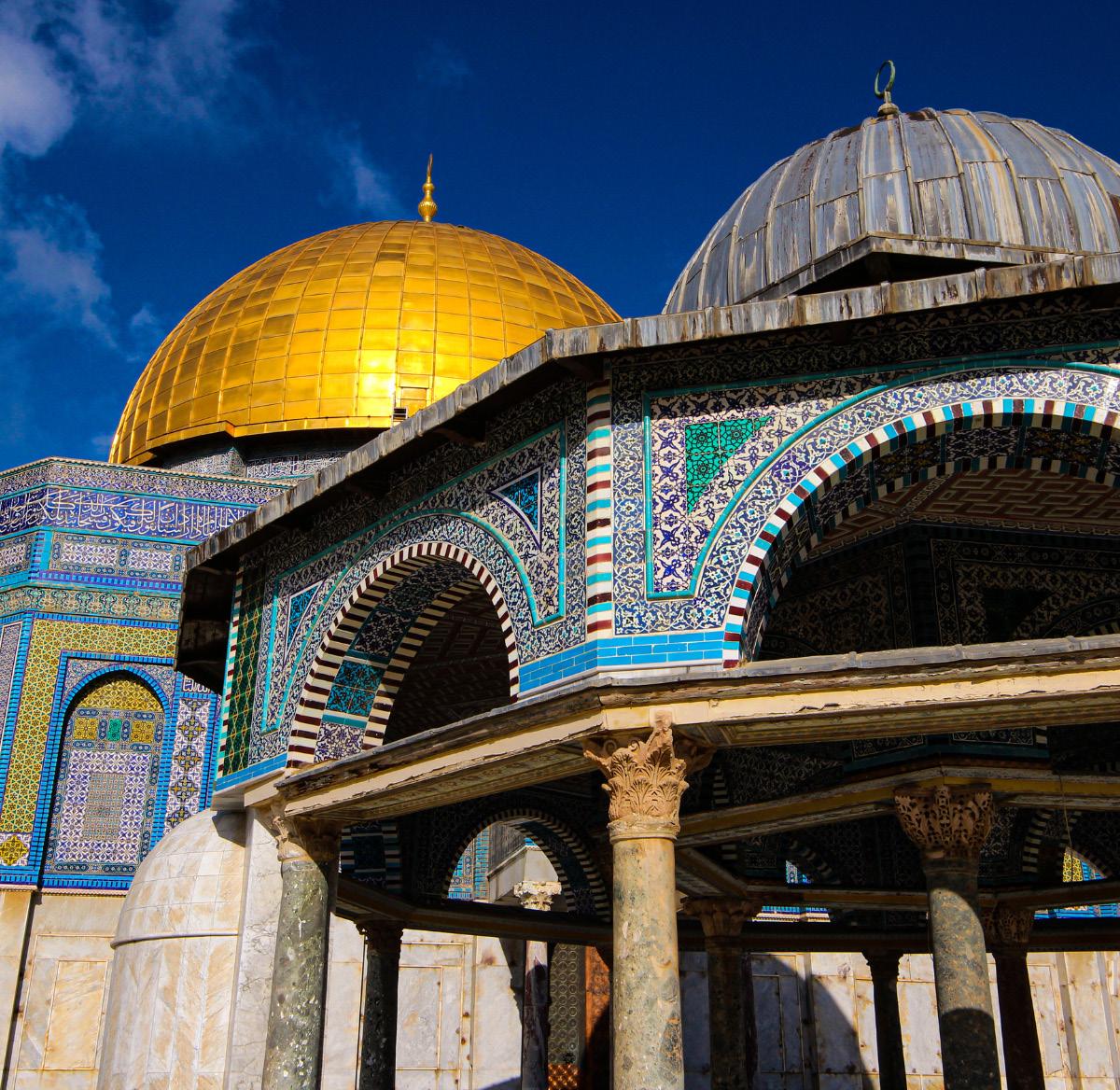
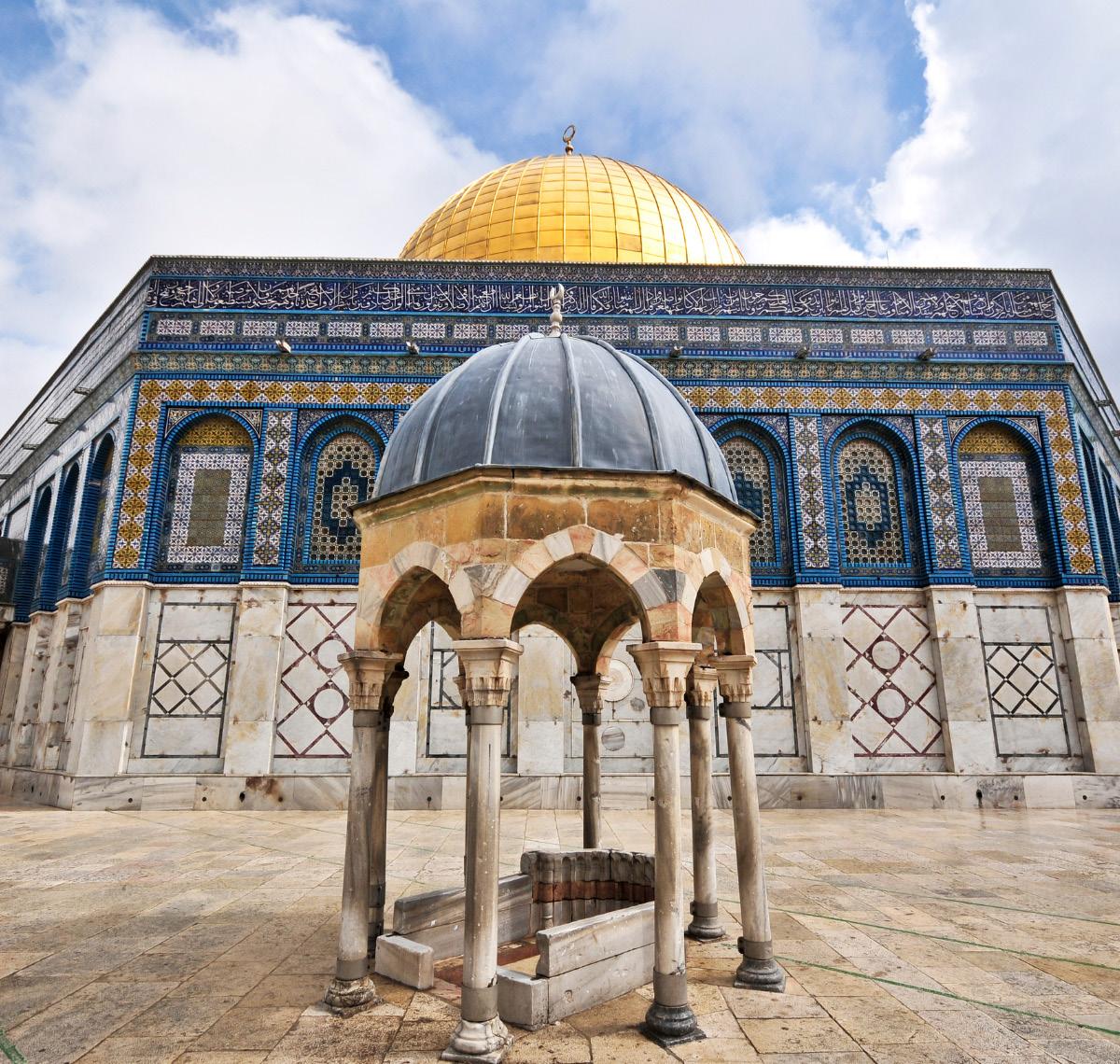
structure is adorned with vibrant tiles, Quranic inscriptions, and artistic designs that reflect both Byzantine and Islamic architectural styles. While non-Muslims are not allowed inside the shrine, they can visit the Temple Mount to admire its beauty and historical significance. Situated in the Old City of Jerusalem, the Dome of the Rock offers visitors a unique glimpse into the region’s religious history and serves as a symbol of the city’s rich cultural heritage. Its breathtaking architecture and profound spiritual importance make it a must-see when exploring Jerusalem.

The Mount of Olives
The Mount of Olives, located just east of Jerusalem’s Old City, is a significant historicalandreligioussite,offeringbreathtakingviewsofthecityandadeep connection to biblical history. This mountain has been a place of pilgrimage for centuries, revered in Judaism, Christianity, and Islam alike. The Mount is famous for its ancient Jewish cemetery, one of the oldest in the world, where notable figures from Jewish history are buried. In Christian tradition, the Mount of Olives holds great significance as the place where Jesus ascended toheavenandwherepivotalmomentsinhislife,suchastheOlivetDiscourse
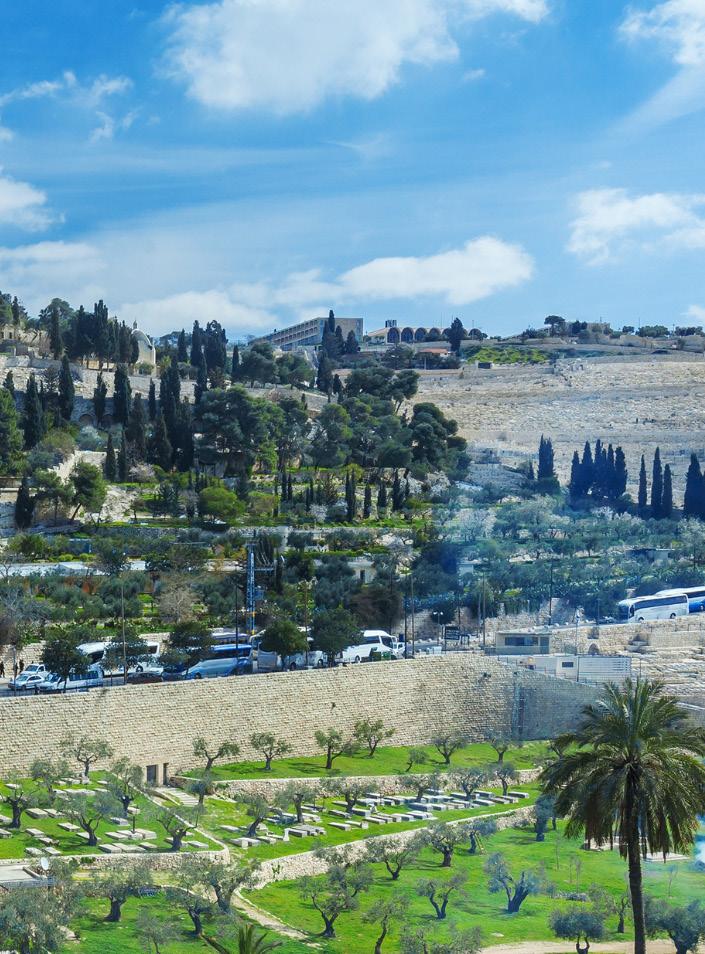

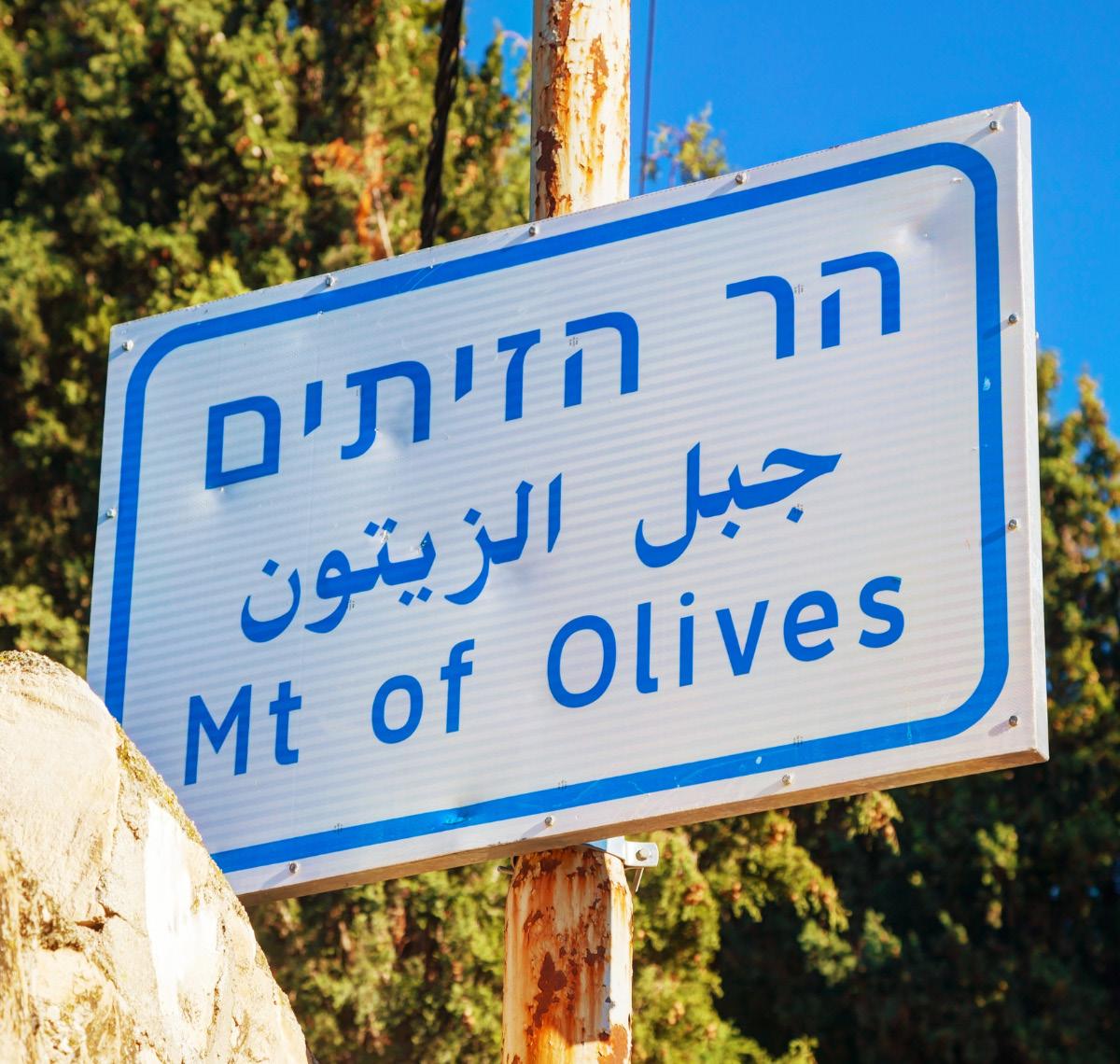
andhisprayerbeforehisarrest,tookplace.VisitorscanexploretheChurchof All Nations, located at the Garden of Gethsemane, where olive trees believed to be over 2,000 years old still grow. Other highlights include the Chapel of the Ascension, the Dominus Flevit Church, and the Tombs of the Prophets. A visit to the Mount of Olives offers spiritual insight, historical depth, and stunning panoramic views, making it an essential stop for anyone exploring Jerusalem.
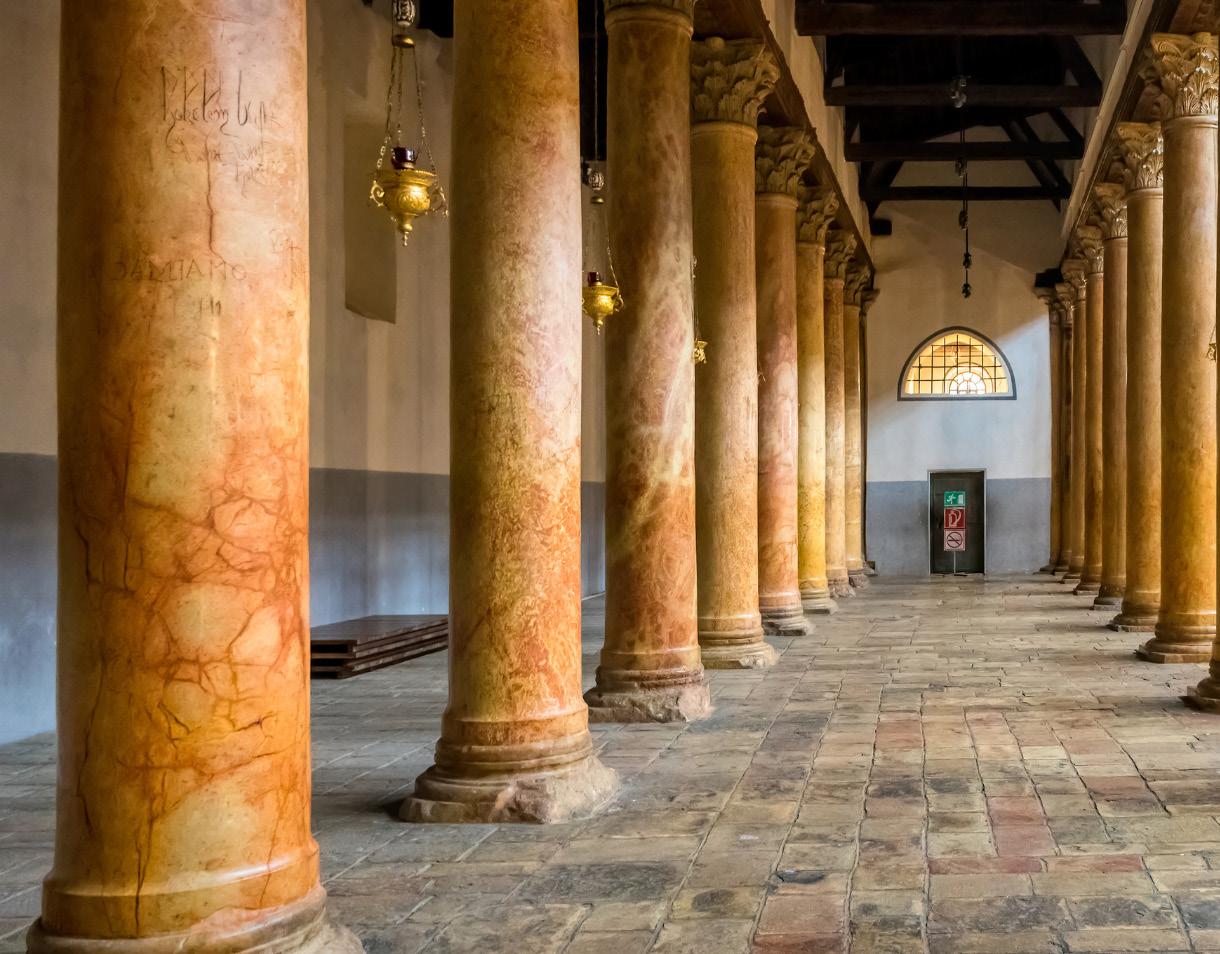
Church of the Nativity
The Church of the Nativity, located in Bethlehem, is one of Christianity’s holiest sites, believed to mark the birthplace of Jesus Christ. Built over a cave where tradition holds that Mary gave birth, the church dates back to the 4th century, commissioned by Emperor Constantine and his mother, Helena. The current structure, largely rebuilt in the 6th century, preserves its ancient charm, with its Romanesque and Byzantine architecture. Visitors enter through the “Door of Humility,” a small, low entrance designed to prevent horses from entering. Inside, the church is adorned with columns,
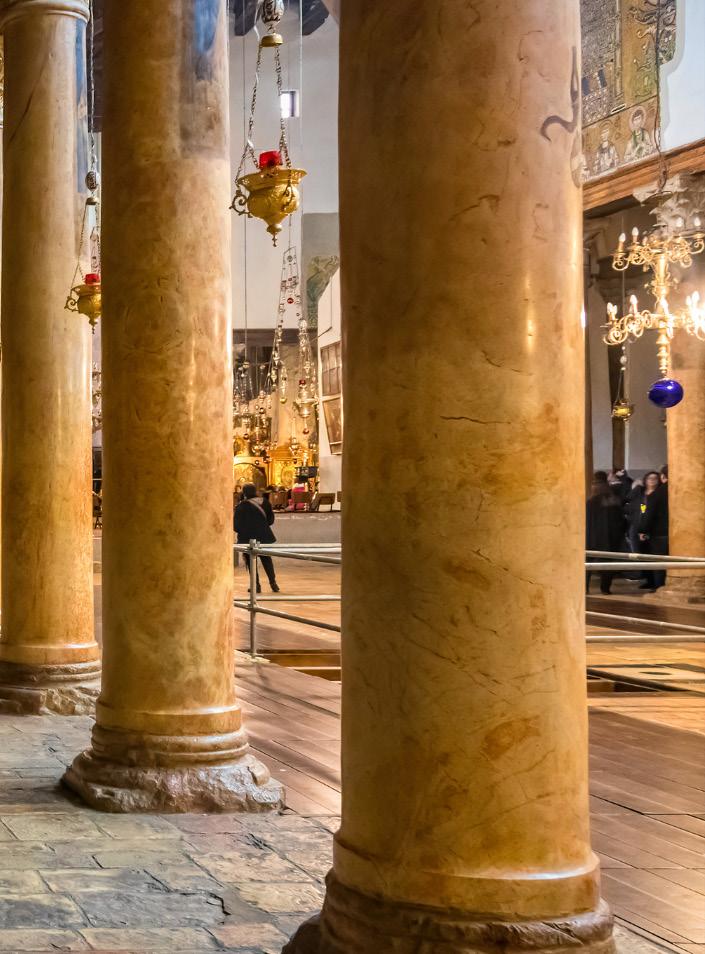


mosaics, and chandeliers, leading to the Grotto of the Nativity, where a silver star marks the exact spot of Jesus’ birth. The church complex also includes the adjoining Church of St. Catherine and several chapels. As a UNESCO World Heritage site, the Church of the Nativity attracts pilgrims and visitors from around the world. Its spiritual significance, along with its remarkable history and architecture, makes it a powerful destination for those seeking both religious reverence and a glimpse into early Christian history. Located just 10 kilometers south of Jerusalem, it’s easily accessible for day trips.
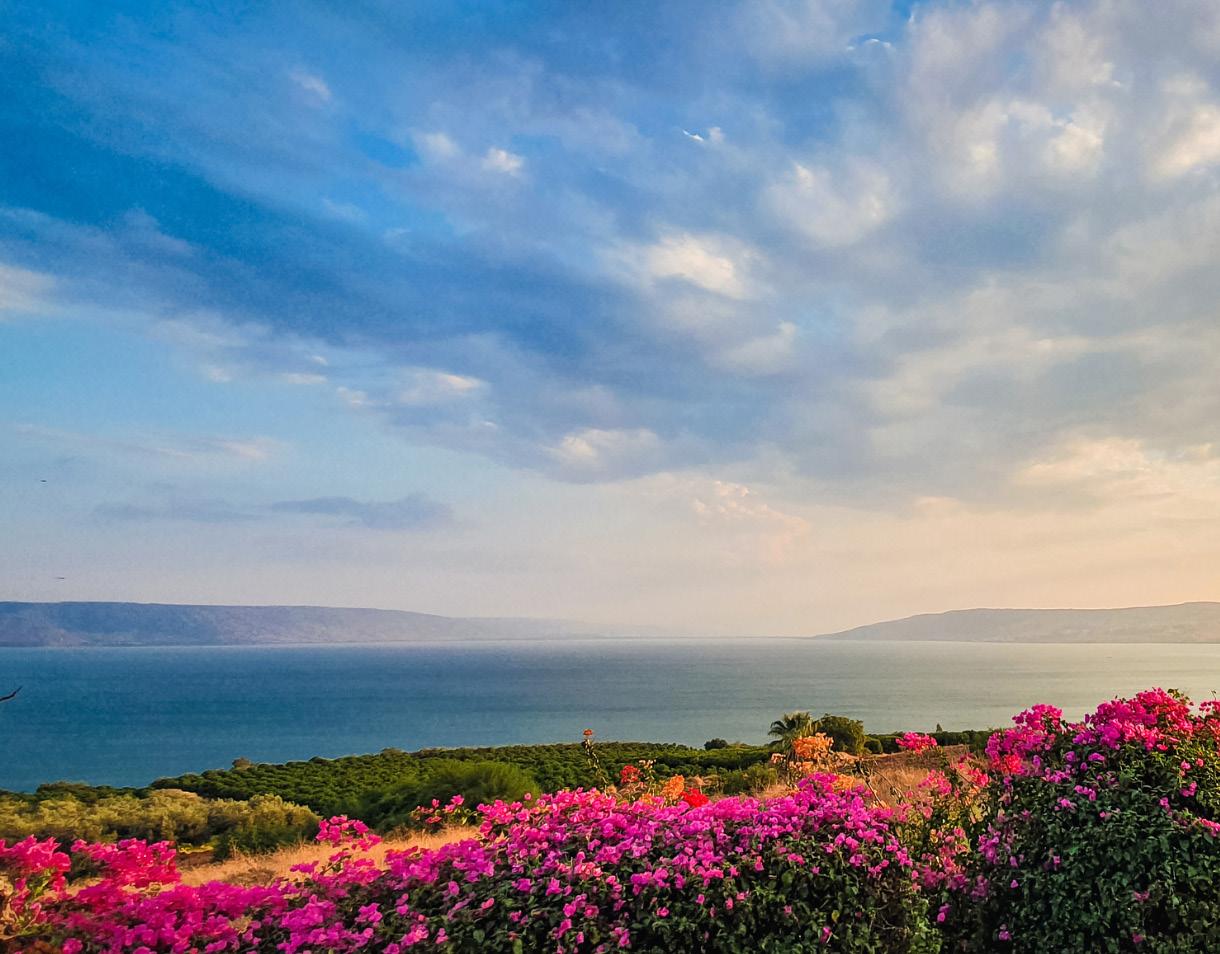
Sea of Galilee
The Sea of Galilee, also known as Lake Kinneret, is a serene freshwater lake nestled in northern Israel. Surrounded by lush hills and historical towns, it is asiteofdeepreligioussignificance,particularlyinChristiantradition,where many events from the life of Jesus are believed to have taken place, including the famous walking on water and the Sermon on the Mount. Beyond its spiritual allure, the Sea of Galilee offers a tranquil retreat for nature lovers and outdoor enthusiasts. Visitors can enjoy boat rides on the calm waters, take in stunning sunsets, or explore the scenic hiking and cycling trails

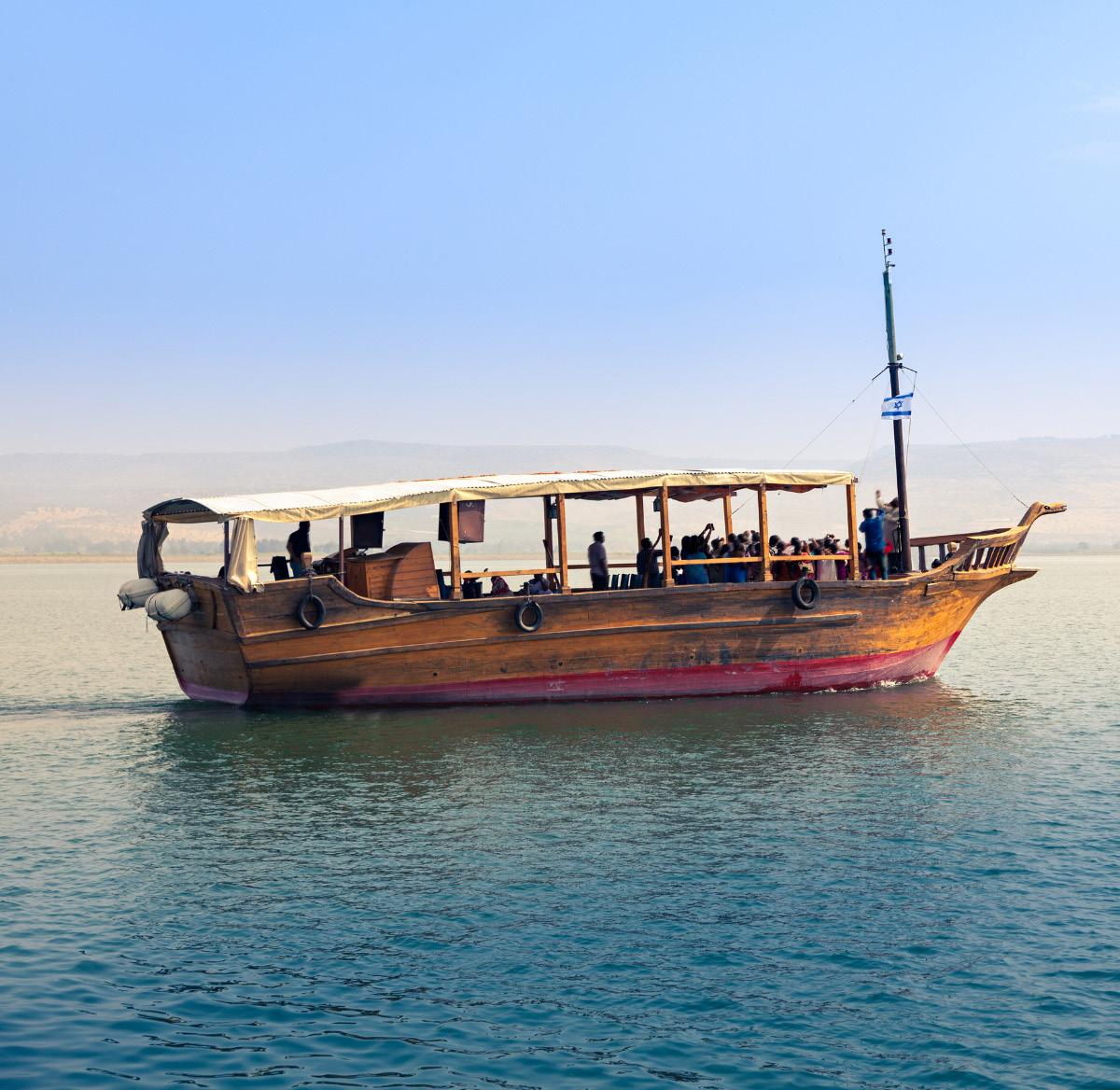

that circle the lake. The shores are dotted with charming beaches, perfect for relaxation or water sports like swimming and kayaking. Nearby, the historic town of Tiberias provides a cultural hub with restaurants, ancient hot springs, and markets. You can also visit sites like Capernaum, the Mount of Beatitudes, and Tabgha for a glimpse into the region’s biblical heritage. Whether you’re seeking spiritual reflection, outdoor adventure, or peaceful lakeside relaxation, the Sea of Galilee offers a beautiful and multifaceted experience.

Via Dolorosa
The Via Dolorosa, or “Way of Suffering,” is a sacred path in the Old City of Jerusalem, retracing the steps of Jesus Christ on his way to crucifixion. This historic route, stretching about 600 meters, is a profound pilgrimage for Christians, marking the final journey of Jesus from his trial to Golgotha, the site of his crucifixion. The Via Dolorosa is lined with 14 Stations of the Cross, each commemorating significant moments of Jesus’ passion, such as his condemnation, his falls under the weight of the cross, and his encounter withhismother,Mary.Pilgrimsoftenpausetoprayandreflectateachstation,
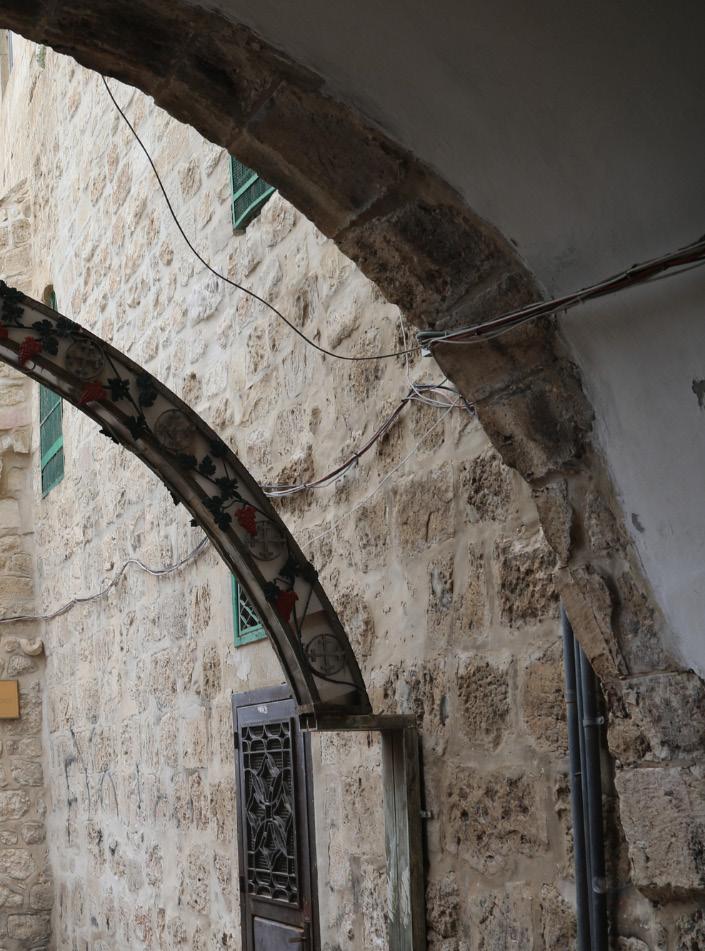

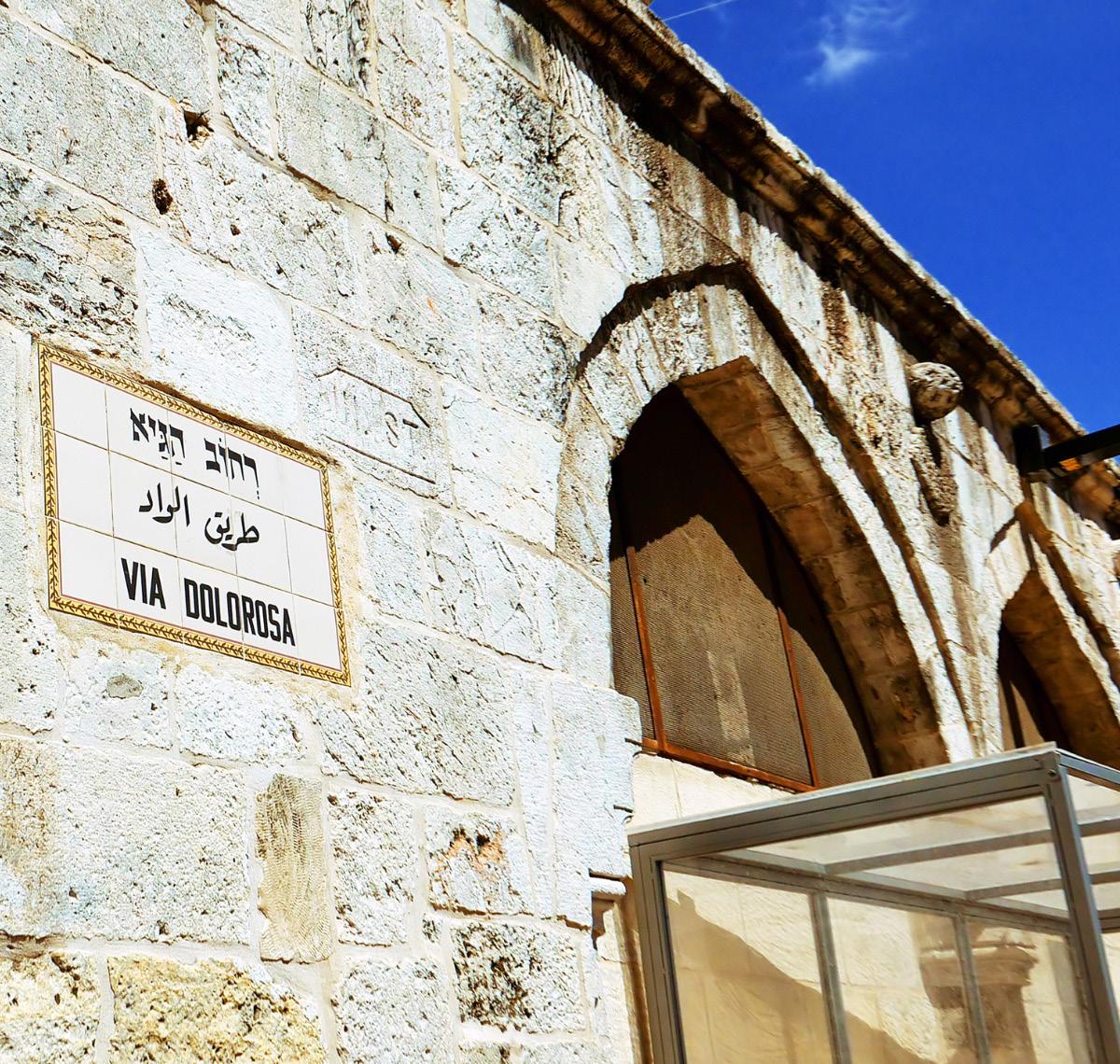
with the final five stations located inside the Church of the Holy Sepulchre, where Jesus was crucified, buried, and resurrected. Winding through the narrow, bustling streets of Jerusalem’s Muslim and Christian Quarters, the Via Dolorosa is not just a religious journey but also a cultural experience. Along the way, visitors pass lively markets, ancient buildings, and churches, offering a glimpse into the rich history and diversity of Jerusalem. Whether you come for faith or history, walking the Via Dolorosa is a powerful and moving experience.
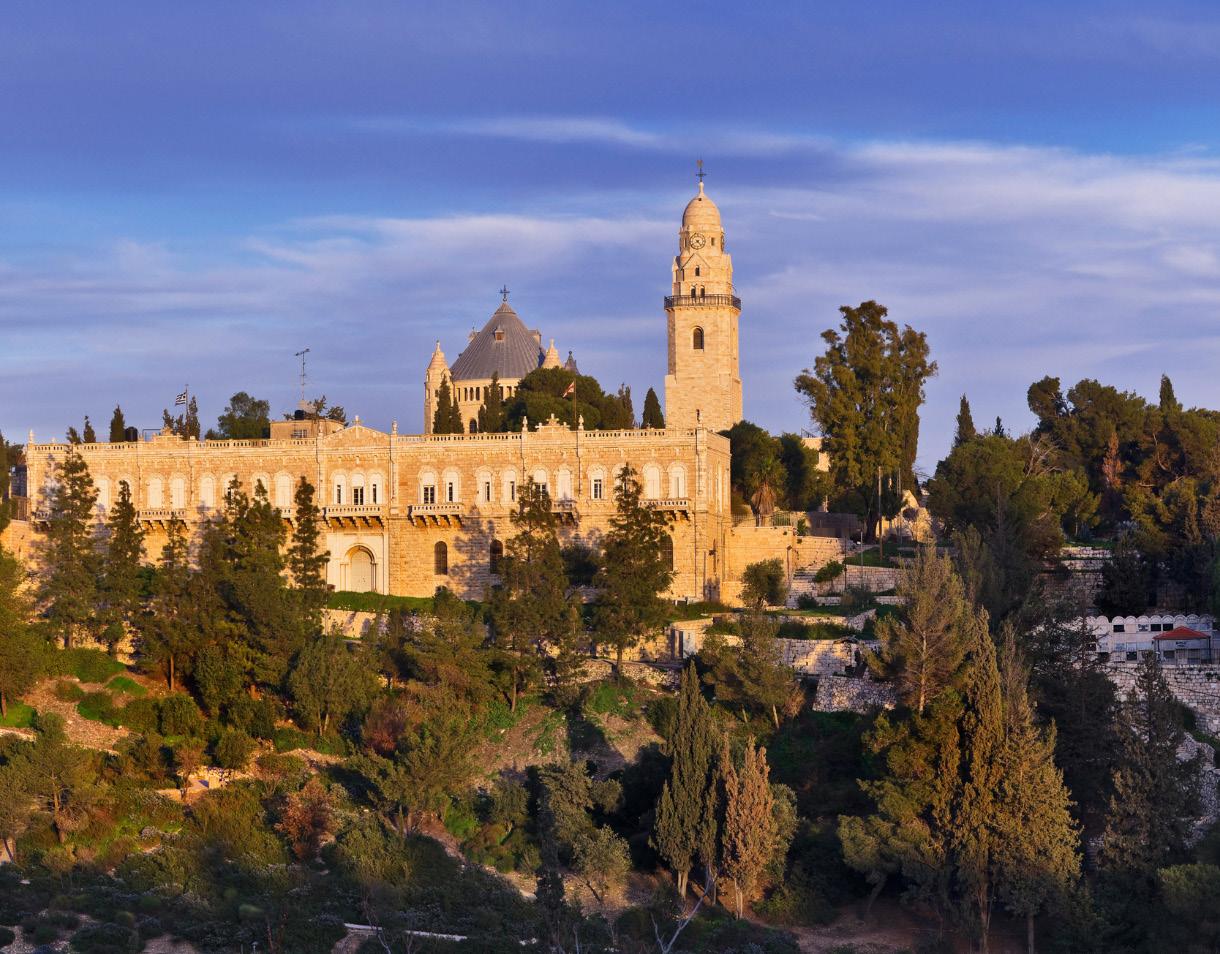
Mount Zion
MountZion,locatedjustoutsidetheOldCityofJerusalem,isasiteofimmense historical and religious significance for Jews, Christians, and Muslims. Traditionally associated with the biblical City of David, Mount Zion is home to several important landmarks that draw visitors from around the world. One of the most prominent sites is the **Room of the Last Supper**, where Christians believe Jesus shared his final meal with his disciples. Nearby is the **Tomb of King David**, a sacred site for Jewish worshipers. Visitors can alsoexplorethe**DormitionAbbey**,astrikingchurchthatcommemorates

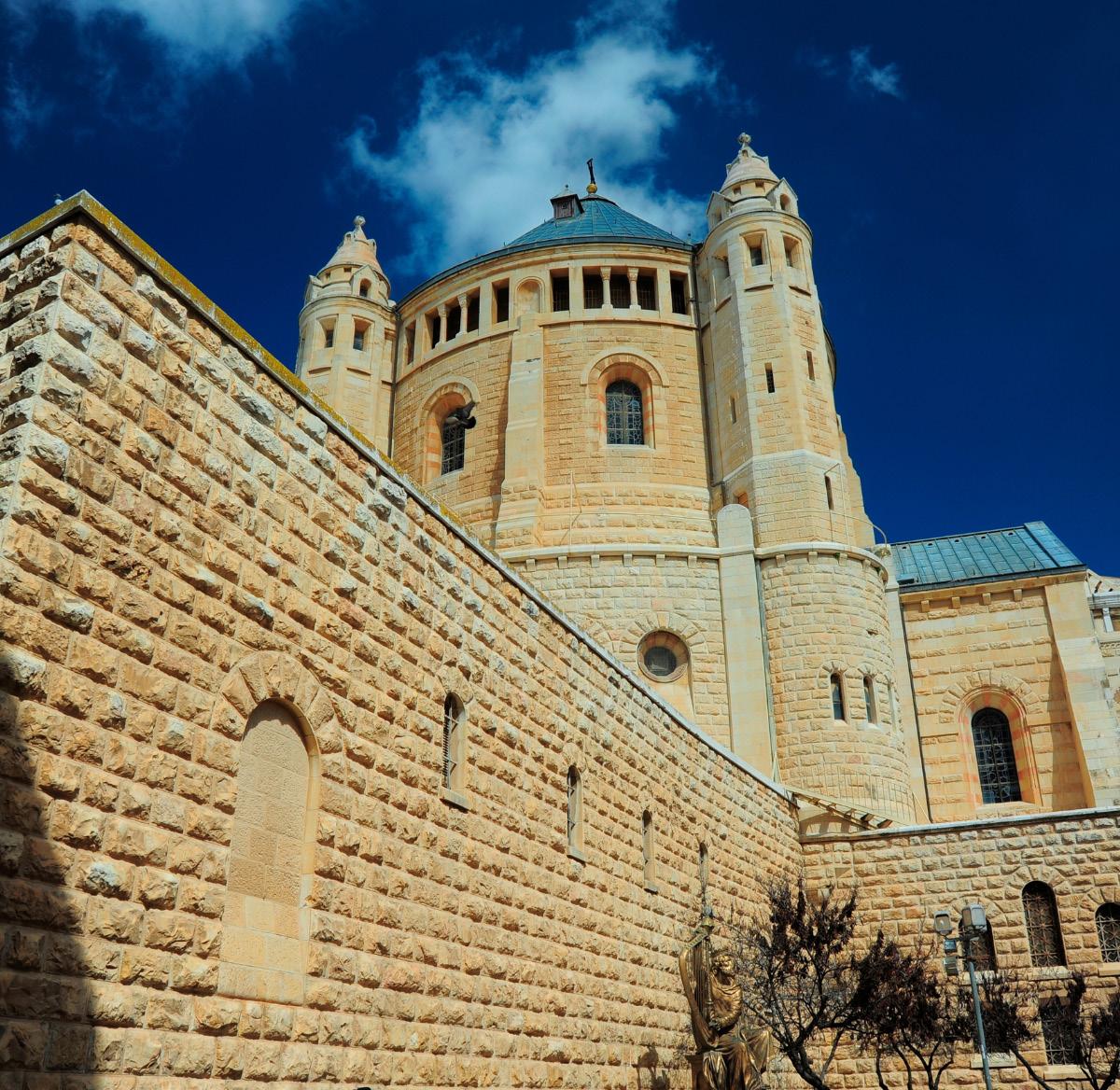

the Virgin Mary’s “eternal sleep.” Mount Zion offers panoramic views of Jerusalem and provides a serene contrast to the bustling streets of the Old City. The area’s quiet atmosphere and religious monuments make it an ideal destination for reflection, spiritual exploration, and appreciation of Jerusalem’s rich cultural history. Easily accessible from Jerusalem’s Old City, Mount Zion invites visitors to connect with the region’s deep religious roots while enjoying breathtaking vistas of this ancient landscape.
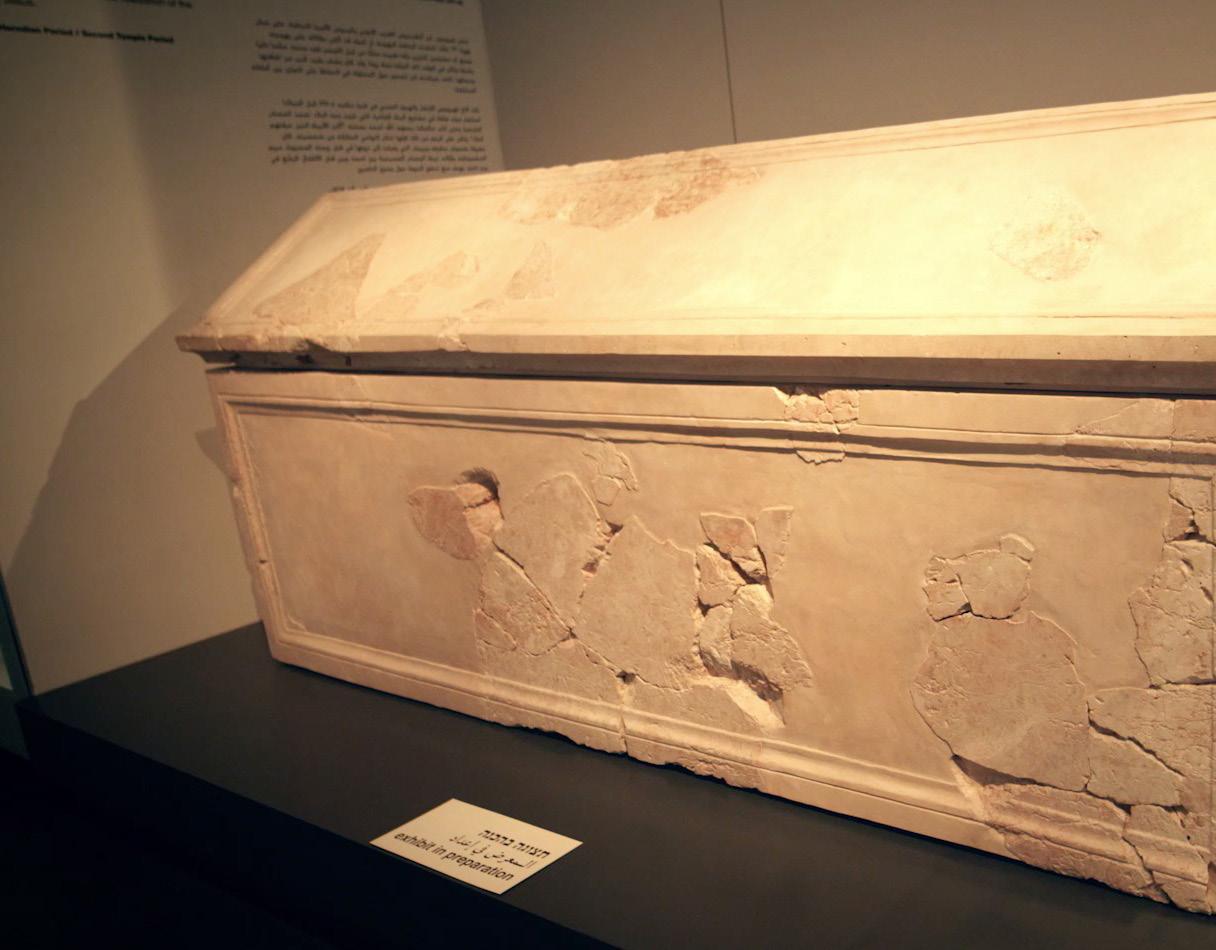
Herod’s Tomb
Herod’s Tomb, located at the Herodium, is a fascinating historical site near Bethlehem in the West Bank. This grand mausoleum was the final resting place of King Herod the Great, the Roman-appointed ruler of Judea. Herod, known for his ambitious building projects across the region, constructed Herodium as both a palace fortress and his burial place, making it one of the most significant archaeological sites related to his reign. Discovered in 2007, Herod’s Tomb features a partially reconstructed mausoleum, offering insight into the grandeur of his burial complex. The Herodium itself, a massive
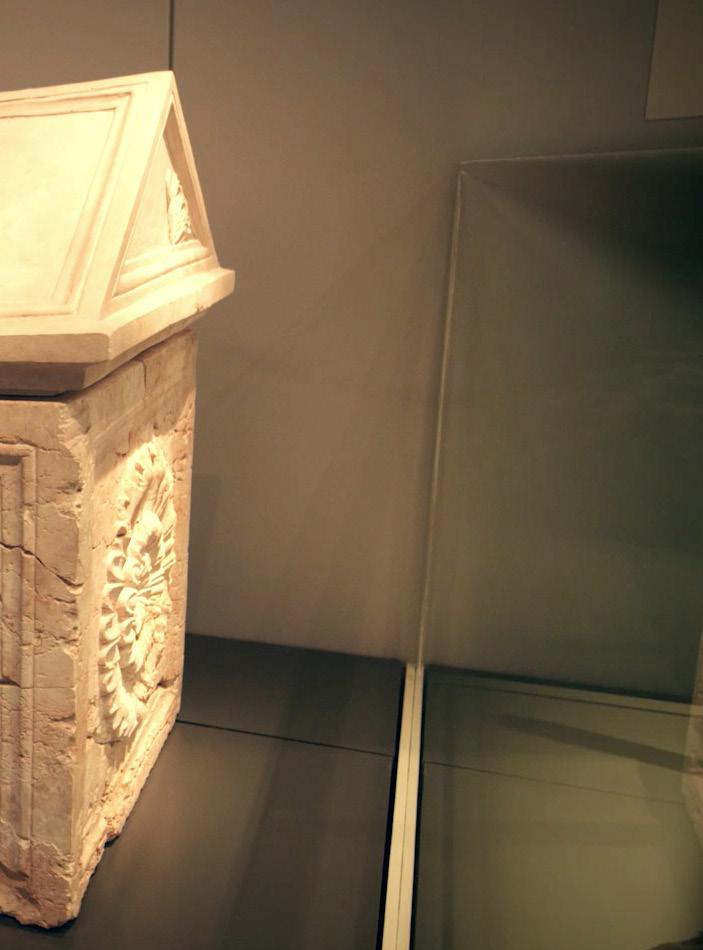


man-made hill, includes remnants of Herod’s palace, Roman-style baths, and a sprawling lower palace complex with a large pool. Visitors can climb to the top of the hill, where the tomb is located, to enjoy panoramic views of the Judean Desert and the surrounding countryside. A visit to Herod’s Tomb not only offers a glimpse into the life and death of one of history’s most controversial figures but also provides a stunning example of ancient architectural ingenuity. Easily accessible from Jerusalem, Herod’s Tomb is a perfect day trip for history enthusiasts and those curious about Judea’s ancient past.

Qumran Caves
The Qumran Caves, located on the northwest shore of the Dead Sea in Israel, are a significant archaeological site known for the discovery of the Dead Sea Scrolls, one of the most important ancient texts ever found. Dating back to around the 2nd century BCE, the scrolls include some of the oldest known manuscripts of the Hebrew Bible, offering invaluable insights into Jewish history and early religious practices. The caves, nestled in the rugged cliffs of the Judean Desert, were once home to the Essenes, a Jewish sect believed to have written the scrolls. Visitors can explore the nearby Qumran

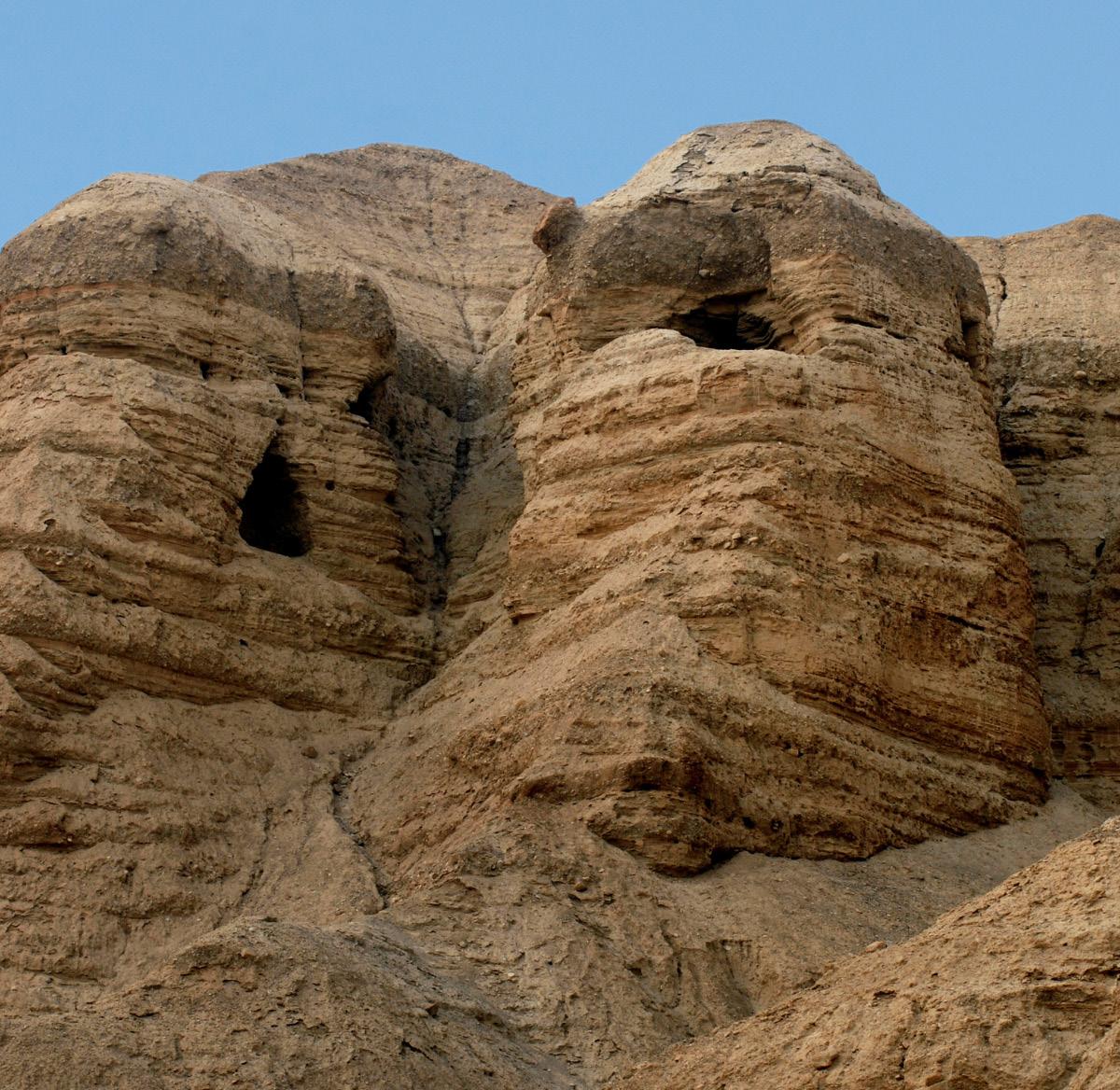
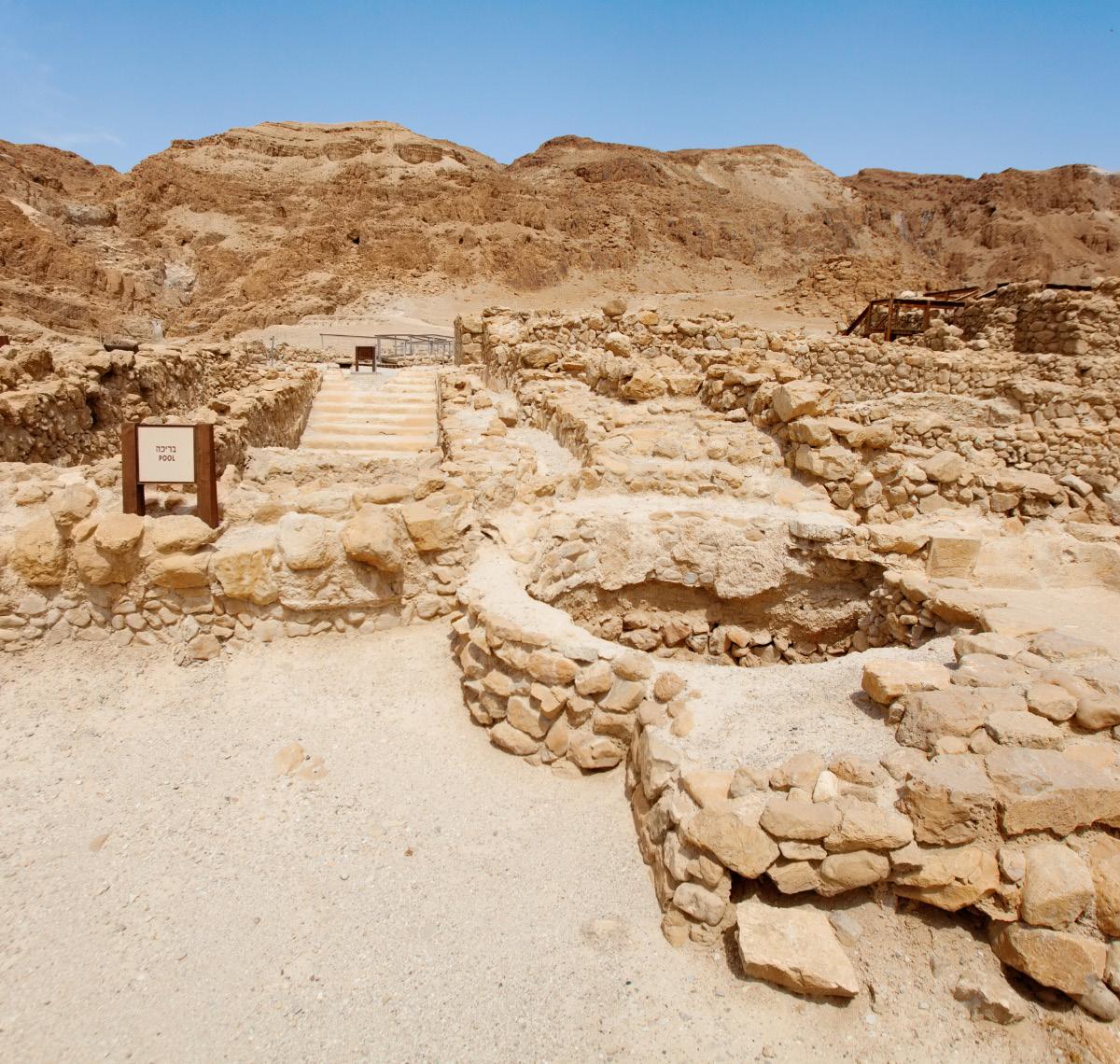
National Park, which includes the ruins of the Essene settlement, featuring ritual baths, communal dining halls, and other ancient structures. A visit to the Qumran Caves offers a fascinating blend of history, archaeology, and breathtakingdesertscenery.Guidedtoursprovidein-depthknowledgeofthe site’s significance, and the caves themselves can be viewed from designated paths. The site is easily accessible from both Jerusalem and the Dead Sea, making it a must-see destination for those interested in history, religion, and natural beauty.
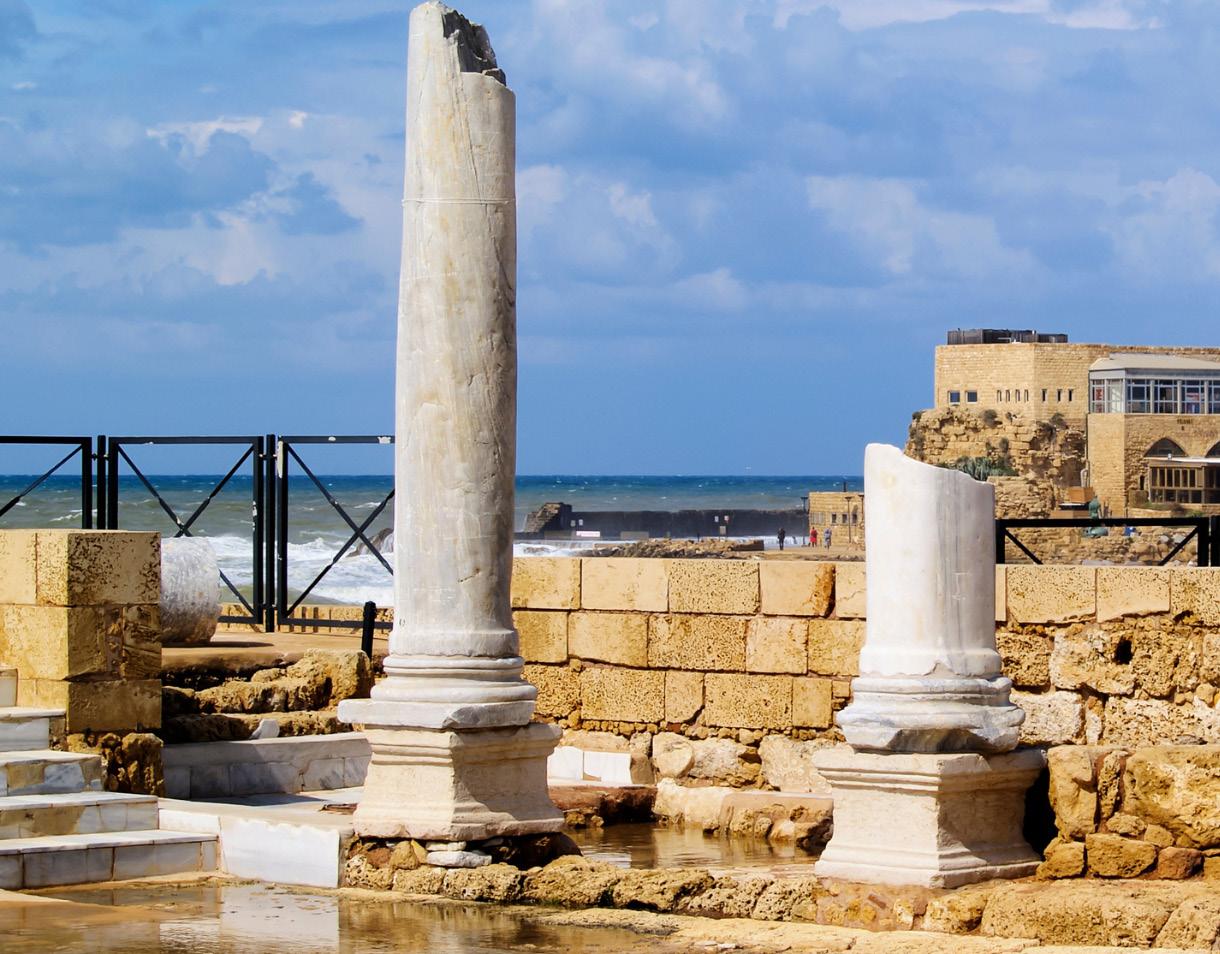
Caesarea Maritima
Caesarea Maritima, located on Israel’s Mediterranean coast, is a fascinating blend of ancient history and stunning seaside beauty. Originally built by King Herod the Great around 22-10 BCE, the city served as a major Roman port and administrative center. Its well-preserved ruins offer a glimpse into the grandeur of Roman engineering and architecture. Visitors can explore the remains of the ancient theater, which still hosts performances, the hippodrome where thrilling chariot races once took place, and Herod’s impressive palace with its seaside pool. The ancient harbor, once one of the



most advanced in the Roman world, now lies partially submerged, offering a unique opportunity for underwater exploration. Caesarea is also home to a largeCrusaderfortress,atestamenttothecity’ssignificanceduringmedieval times. The site’s museum provides additional historical context with artifacts spanning the city’s long history. Today, Caesarea is a national park offering picturesqueviewsoftheMediterraneanandamixofarchaeologicalwonders andleisureactivities.Visitorscanrelaxonnearbybeaches,enjoywatersports, or dine in seaside restaurants, making it a perfect destination for history lovers and beachgoers alike.
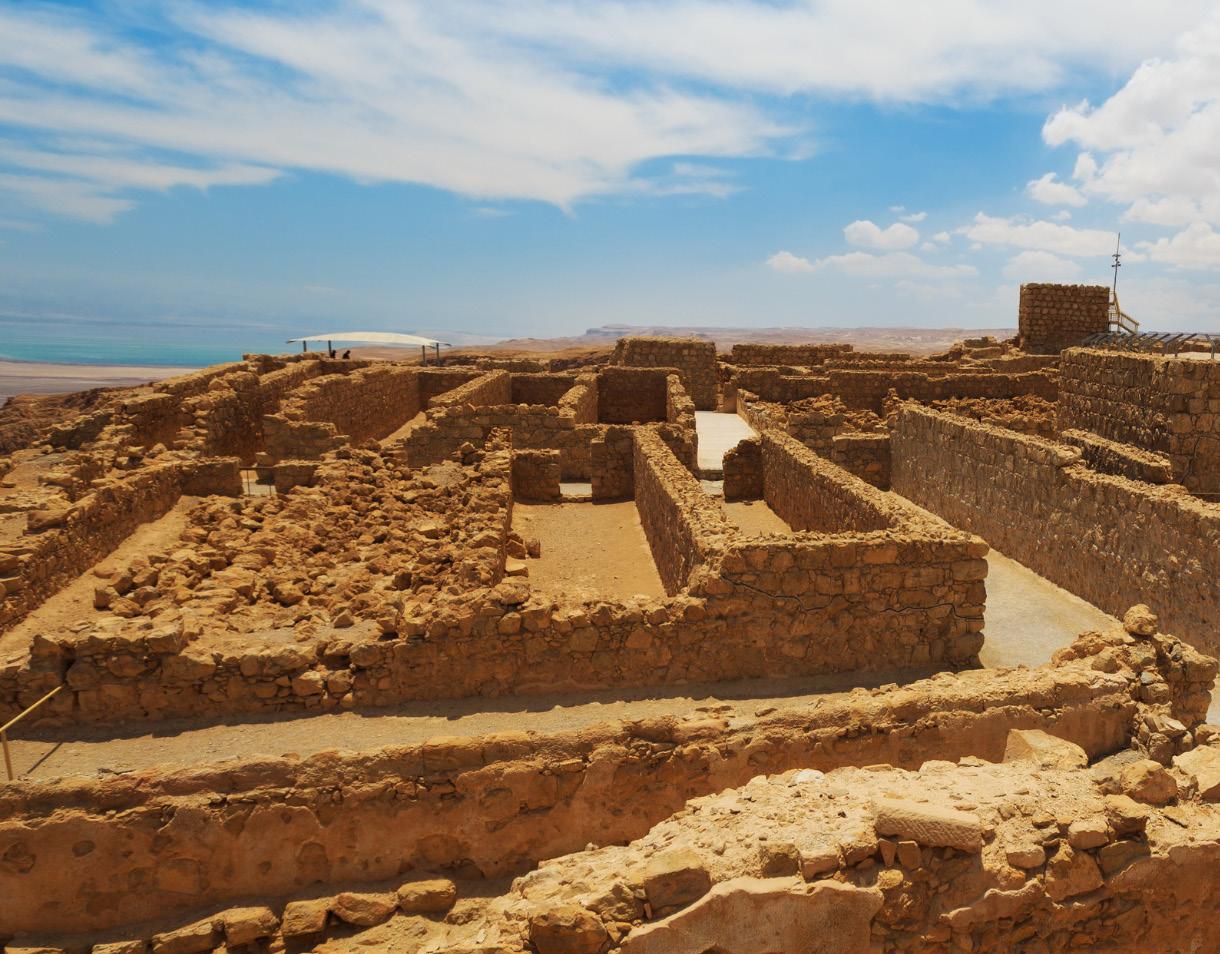
Masada, a UNESCO World Heritage site, is a majestic fortress perched atop a rocky plateau overlooking the Judean Desert and the Dead Sea in Israel. Built by King Herod in the 1st century BCE, Masada was designed as a royal palace and military stronghold. It became legendary for its role in the Jewish Revolt against the Romans, where, according to historical accounts, Jewish rebels made a final stand before choosing mass suicide over surrender in 73 CE.VisitorstoMasadacanhikethesteepSnakePathortakeacablecartothe summit, where they’ll be greeted by breathtaking views and a well-preserved



archaeological site. Highlights include Herod’s palaces, Roman-style bathhouses, storerooms, and a sophisticated water system that sustained the fortress.Theruinstellacaptivatingstoryofresilience,survival,anddefiance. The sunrise hike is a popular activity, offering a stunning panorama of the desert as the sun rises over the Dead Sea. Masada is easily accessible from Jerusalem or the Dead Sea, making it an ideal day trip for history buffs and adventure seekers alike. Its dramatic history and setting make Masada one of Israel’s most iconic destinations.
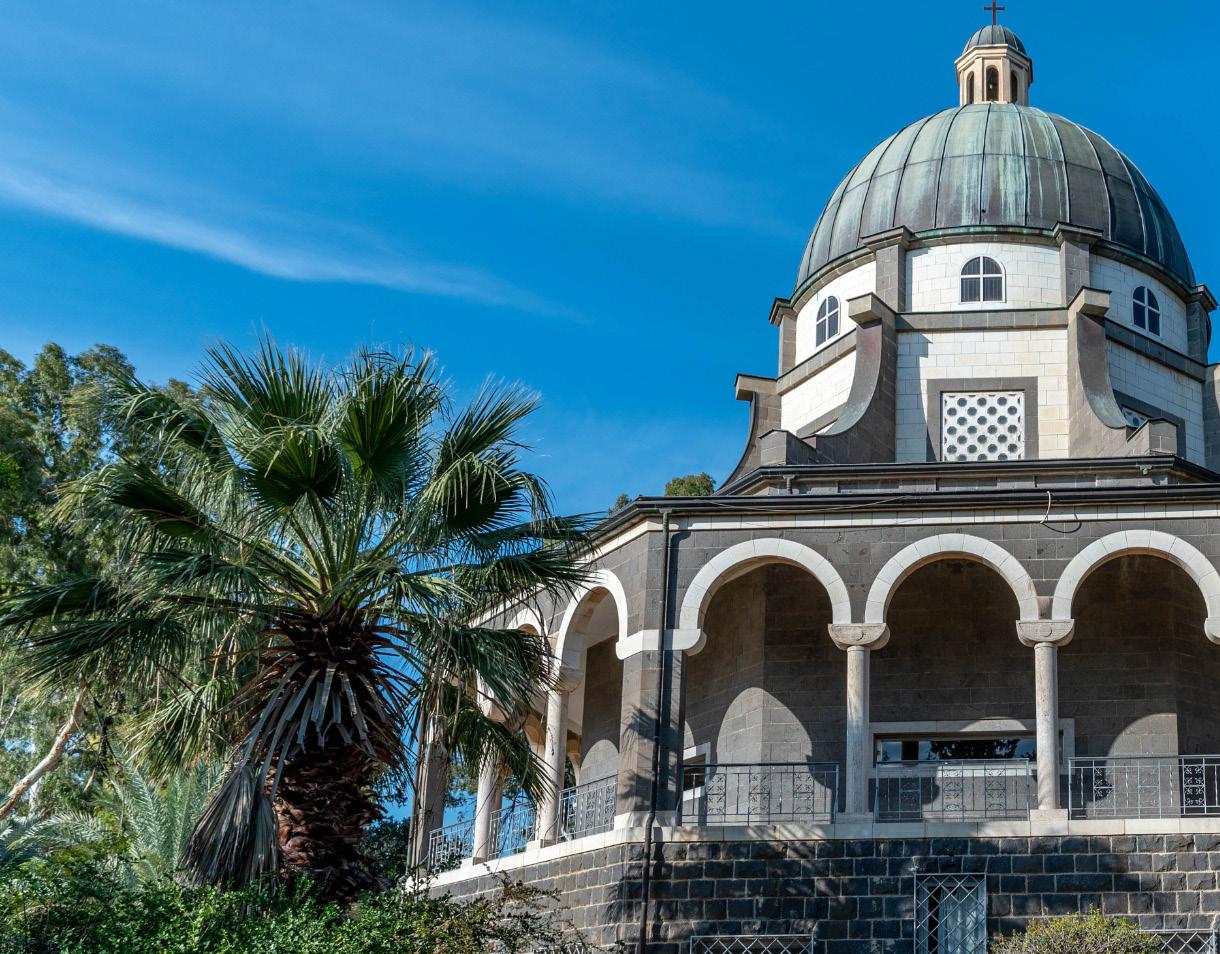
Church of the Beatitudes
The Church of the Beatitudes, perched on a serene hill overlooking the Sea of Galilee in northern Israel, marks the traditional site where Jesus delivered the Sermon on the Mount. Built in 1938, this elegant octagonal church symbolizes the eight blessings, or beatitudes, spoken by Jesus, offering a peacefulretreatforreflectionandprayer.Thechurch’sstrikingdesignfeatures arched colonnades, delicate mosaics, and a tranquil interior, creating a serene atmosphere for visitors. Surrounded by lush gardens and panoramic views of the Galilee, it’s a place of spiritual significance and natural beauty.

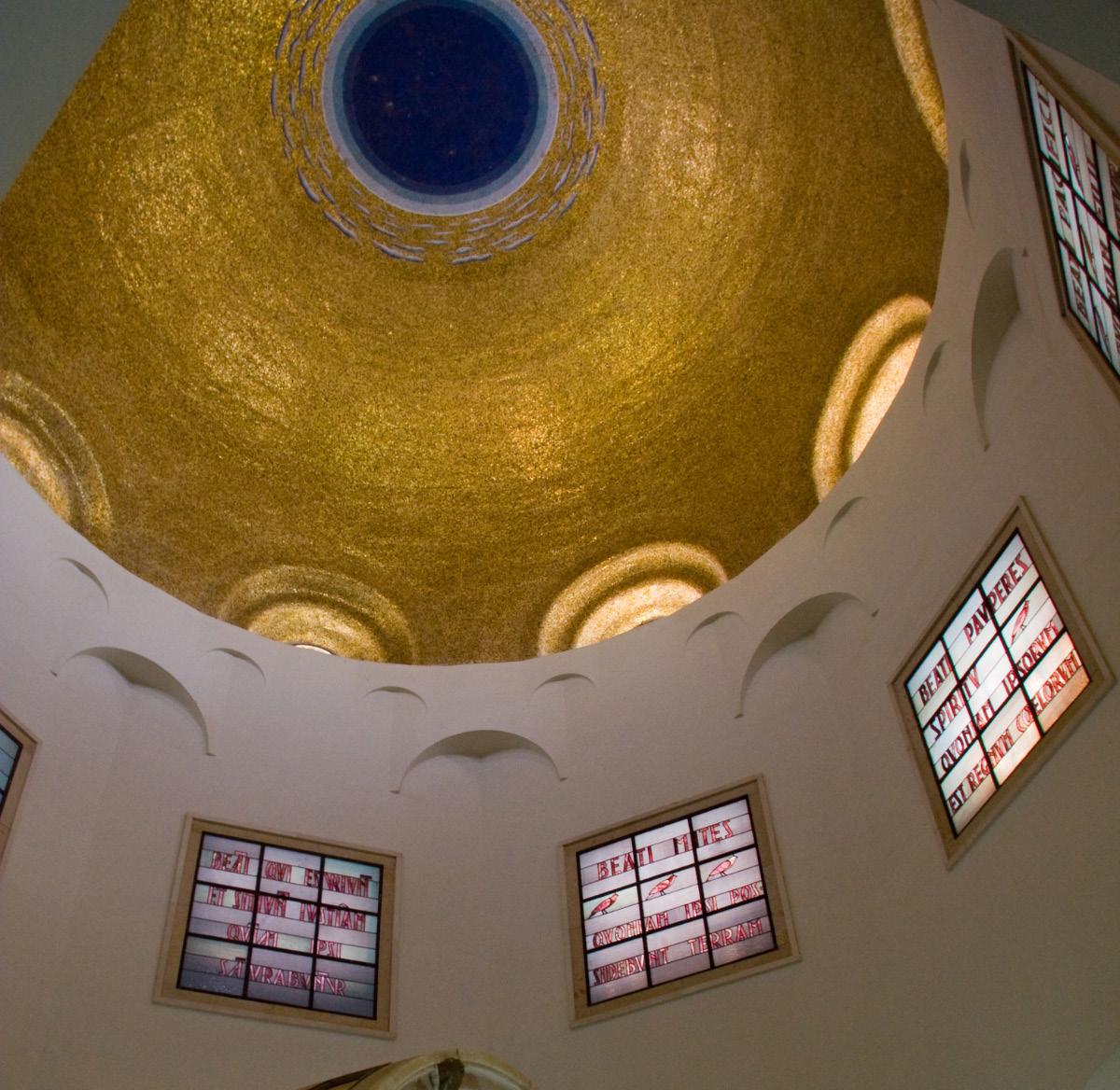

Pilgrims and tourists alike are drawn to the church not only for its religious importance but also for the peaceful vistas and the opportunity to reflect on the teachings of Christ in the very place they were shared. The Church of the Beatitudes is a short distance from other key Christian sites like Capernaum and Tabgha, making it an ideal stop on any pilgrimage or historical tour of the Galilee region. Whether seeking spiritual renewal or simply appreciating its historical and cultural context, a visit to this peaceful site is a highlight of any journey through the Holy Land.

Church of St. Anne
The Church of St. Anne, located in Jerusalem’s Old City near the Lions’ Gate, is a beautifully preserved example of Crusader architecture and a significant Christianpilgrimagesite.Builtinthe12thcentury,thechurchistraditionally believed to mark the birthplace of the Virgin Mary and honors her mother, Saint Anne. Its serene, unadorned stone interior offers visitors a peaceful atmosphere perfect for reflection and prayer. What makes St. Anne’s Church especially unique is its extraordinary acoustics, making it a popular spot for choirsandindividualsingerswhocometoexperienceitsechoingsound.The



simplicity of the Romanesque design, with its high vaulted ceilings and thick stone walls, reflects the enduring charm of medieval architecture. Adjacent to the church are the ruins of the Pools of Bethesda, mentioned in the Bible as the site where Jesus healed a paralyzed man. This historic and religious context adds depth to any visit. The Church of St. Anne offers a moment of quiet reflection amid the bustling streets of Jerusalem, making it a must-visit for anyone interested in history, architecture, or religious tradition.
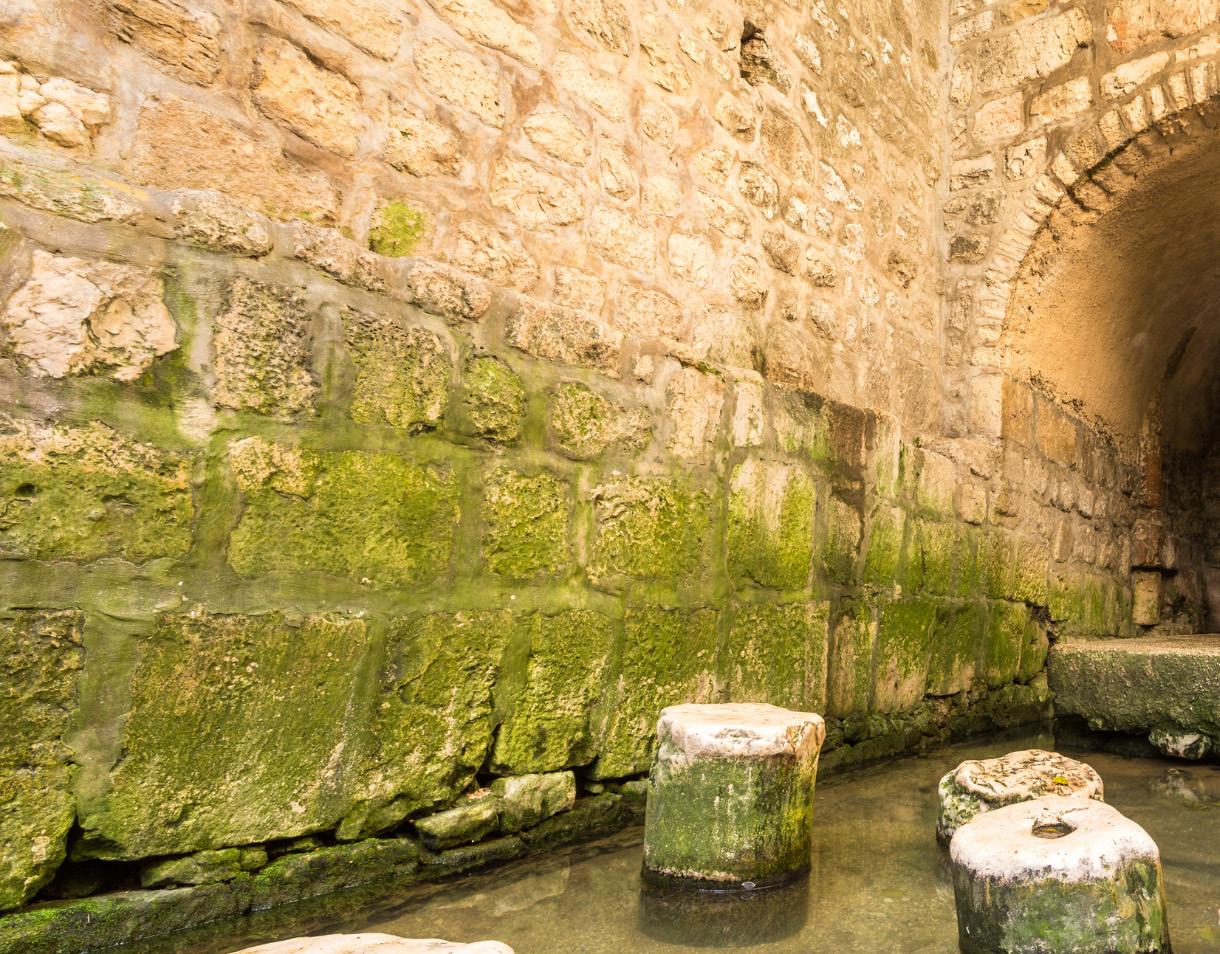
The Pool of Siloam
The Pool of Siloam, located in Jerusalem, is a site of deep historical and religious significance. Nestled at the southern end of the City of David, this ancientpooldatesbacktothetimeofKingHezekiah,aroundthe8thcentury BCE. It served as a vital water source for the city, collecting water from the GihonSpringviaHezekiah’sTunnel.ForChristians,thePoolofSiloamholds particular importance as the place where, according to the Gospel of John, Jesus healed a man who was born blind. This miracle has made the pool a sacred pilgrimage site for centuries, attracting visitors who seek to walk the


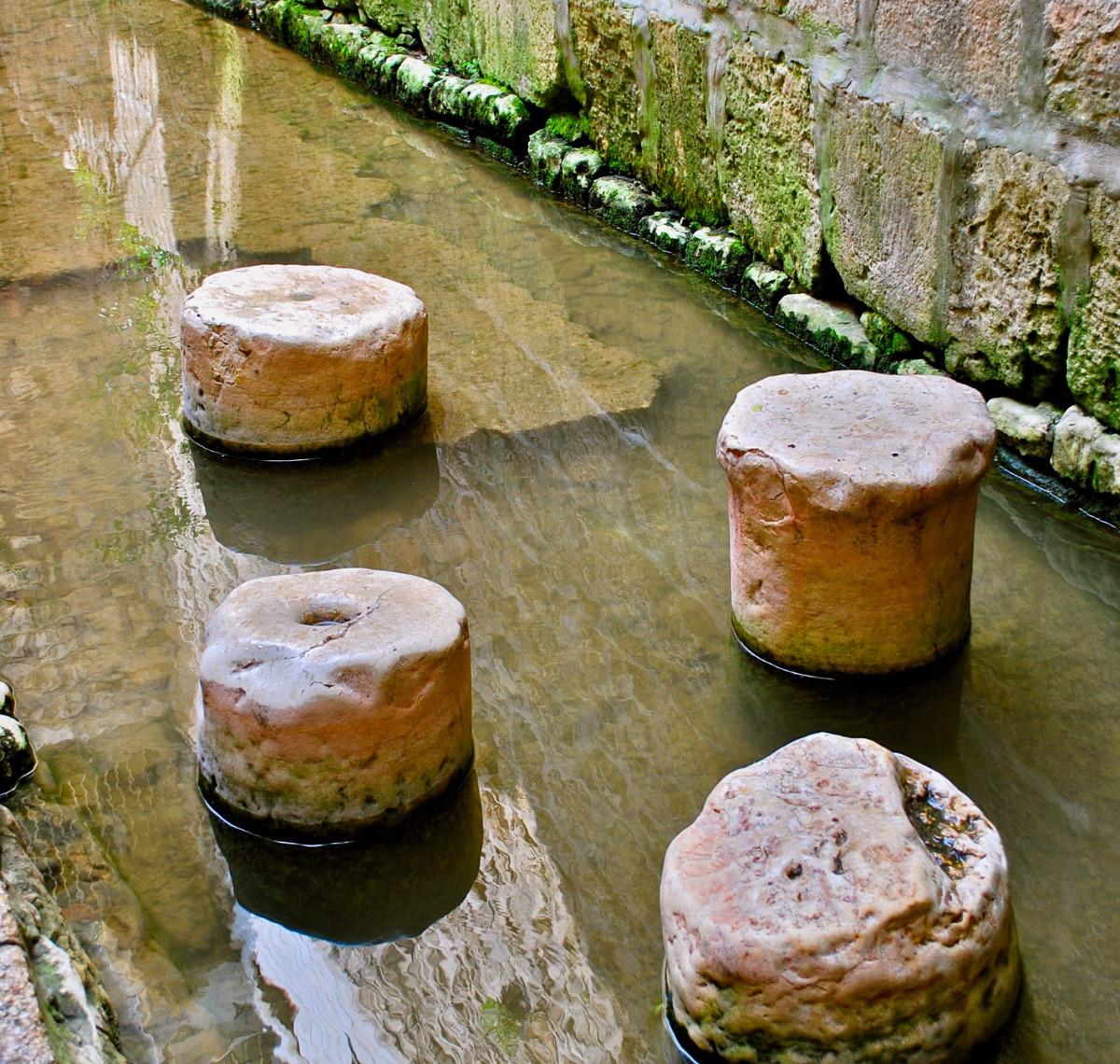
same paths of ancient history and faith. Archaeological excavations in the 21st century uncovered parts of the original pool, allowing visitors to view the remains and gain a glimpse of life in biblical times. The surrounding area offers a tranquil yet profound atmosphere, where travelers can reflect on the pool’s historical and spiritual significance. A visit to the Pool of Siloam offers not just a journey through the religious history of Jerusalem but also a connection to the ancient city’s everyday life.

The Upper Room
The Cenacle, or Upper Room, is a sacred Christian site located in Jerusalem, believed to be the location of the Last Supper, where Jesus shared his final meal with his disciples. Situated on Mount Zion, just outside the Old City’s walls, this historical site holds profound spiritual significance for Christians. It is also traditionally considered the place where the Holy Spirit descended upon the apostles at Pentecost, marking the beginning of the Christian Church. The room itself is an elegant, Gothic-style structure with arched windows, vaulted ceilings, and simple stonework. Though it has undergone


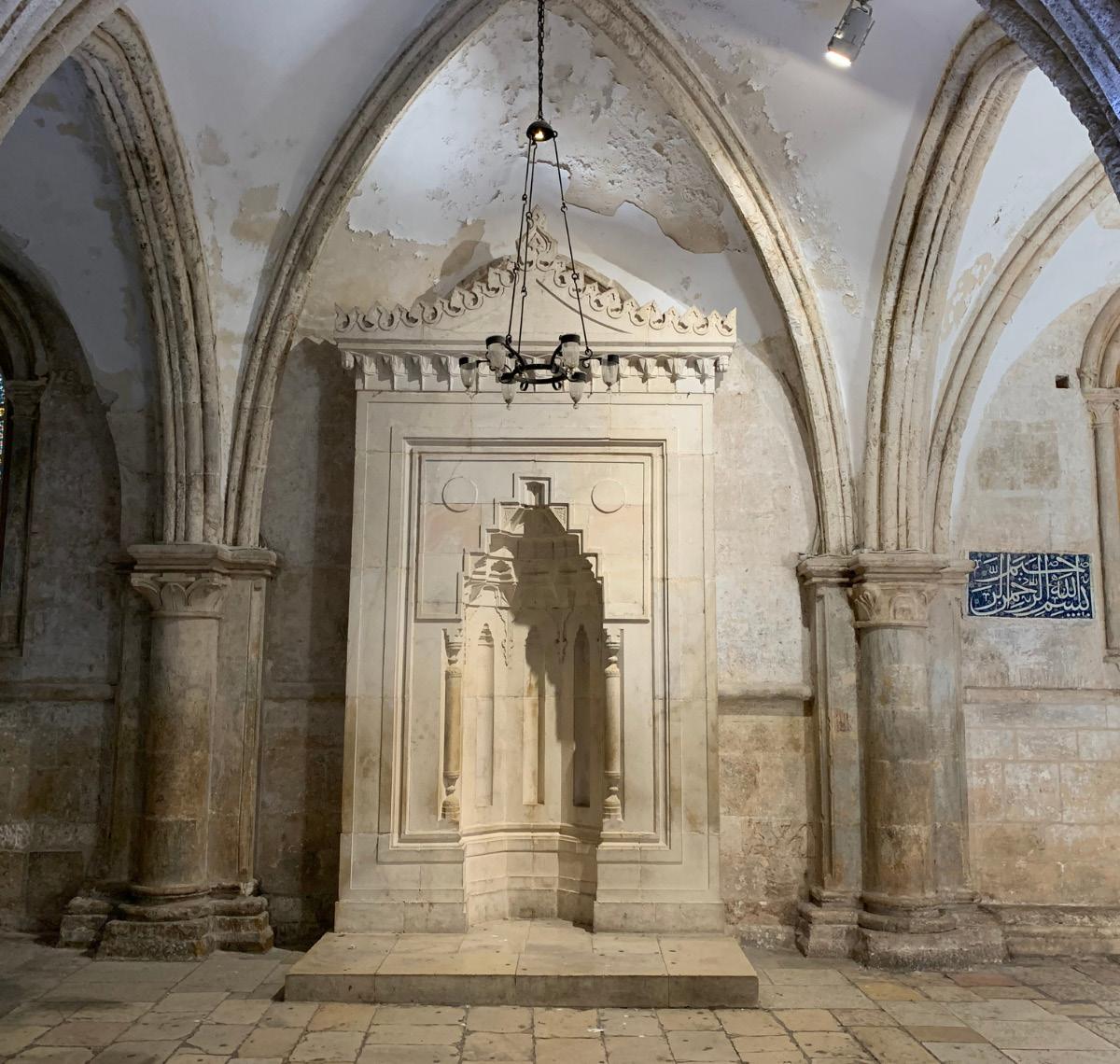
numerous renovations over the centuries, it still exudes a sense of tranquility and reverence. Visitors can reflect on the deep religious history of the space while enjoying views of the surrounding area, including the Dormition Abbey nearby. Accessible from the Old City, the Cenacle is a key stop on pilgrimages to the Holy Land and offers a quiet moment of reflection in the heart of Jerusalem’s sacred sites. For those interested in history, faith, or architecture, the Cenacle provides a unique opportunity to connect with a pivotal moment in Christian tradition.
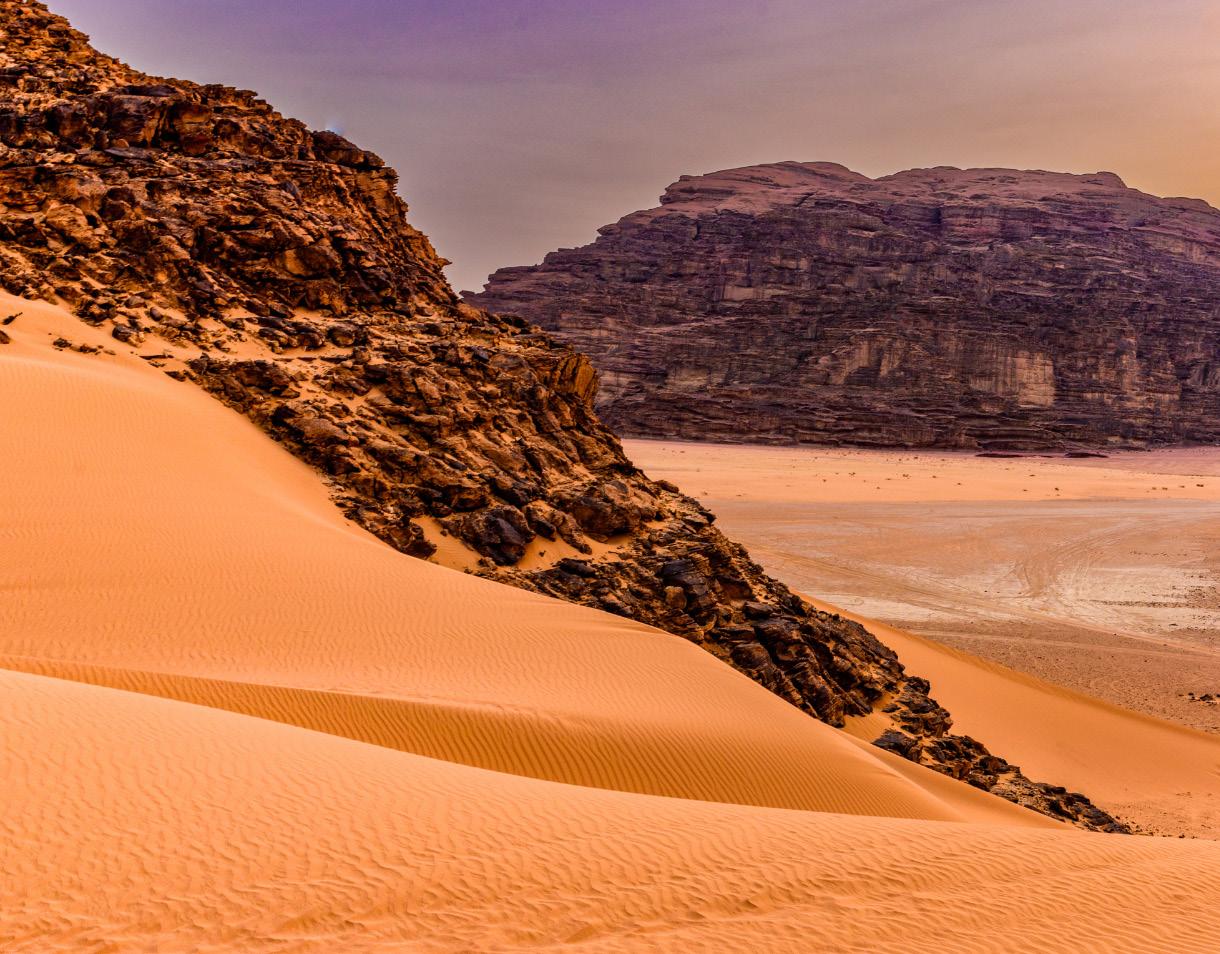
JordanJordanisalandsteepedinfaithandhistory,makingitanessentialdestination for Catholic pilgrims. This welcoming country, known for its hospitality and safety, offers a profound spiritual journey through sites that echo the roots of Christianity. Chief among them is Mount Nebo, where tradition holds that Moses glimpsed the Promised Land before his passing. Today, pilgrims standwhereheoncestood,gazingacrosstheJordanValleytowardJerusalem, the Dead Sea, and beyond. Another unmissable site is Bethany Beyond the Jordan, recognized by the Vatican and UNESCO as the place where John the Baptist baptized Jesus. The serene landscape invites prayer and reflection, and many pilgrims choose to renew their baptismal vows here, deepening



their connection to the sacrament. Jordan also offers the awe-inspiring Mosaic Map of the Holy Land in Madaba, a 6th-century masterpiece that guided early Christian pilgrims. And while your journey is rooted in faith, you’ll also encounter the warm culture of modern Jordan—its traditional cuisine, Bedouin heritage, and legendary generosity. The country’s peaceful reputation makes it a secure and welcoming base for exploring the wider Holy Land. Whether praying in ancient churches, tracing the footsteps of prophets, or finding quiet moments for personal reflection, Jordan is a place where the Bible comes alive. For Catholic travelers, it’s more than a trip—it’s a pilgrimage of the heart, offering renewal, deeper faith, and unforgettable encounters with sacred history.

Petra, often called the “Rose City” due to the pinkish hue of its sandstone cliffs, is one of the world’s most extraordinary archaeological sites. Located in the southwestern desert of Jordan, this ancient city was the capital of the Nabataean Kingdom over 2,000 years ago. Hidden in the heart of rugged mountains, Petra is renowned for its intricate rockcut architecture and is a UNESCO World Heritage Site. Visitors enter Petra through the Siq, a narrow, winding gorge that leads dramatically to Al-Khazneh (The Treasury), Petra’s most iconic structure. Carved directly into the rock face, its elaborate façade is a



marvel of ancient craftsmanship. Beyond the Treasury, the city reveals a labyrinth of tombs, temples, and a Roman-style theater, all etched into the colorful stone. For the more adventurous, a hike to the Monastery offers breathtaking views of the surrounding desert and a chance to see one of Petra’s largest and most impressive monuments. Petra can be explored over several days, with options for guided tours, camel rides, or hikes. Steeped in history and enveloped in natural beauty, Petra offers a captivating glimpse into an ancient civilization, making it a bucketlist destination for any traveler.

Wadi Rum
Wadi Rum, also known as the Valley of the Moon, is a breathtaking desert landscape in southern Jordan, renowned for its towering sandstone mountains, vast red dunes, and dramatic rock formations. This UNESCO World Heritage site offers a stunning natural beauty that feels otherworldly, often compared to the surface of Mars. In fact, it has been featured in several films for its surreal terrain. Visitors to Wadi Rum can immerse themselves in Bedouin culture, staying in traditional desert camps and enjoying the warm hospitality of local tribes. Adventure seekers will find plenty to do, from jeep



tours that traverse the sweeping desert plains to camel treks and rock climbing on the towering cliffs. The star-filled night sky in Wadi Rum is a highlight, offering some of the best stargazing in the world due to the lack of light pollution. Whether you’re interested in adventure, photography, or simply soaking in the silence and majesty of the desert, Wadi Rum provides an unforgettable experience. Its raw beauty and sense of timelessness make it a must-visit for anyone exploring Jordan.
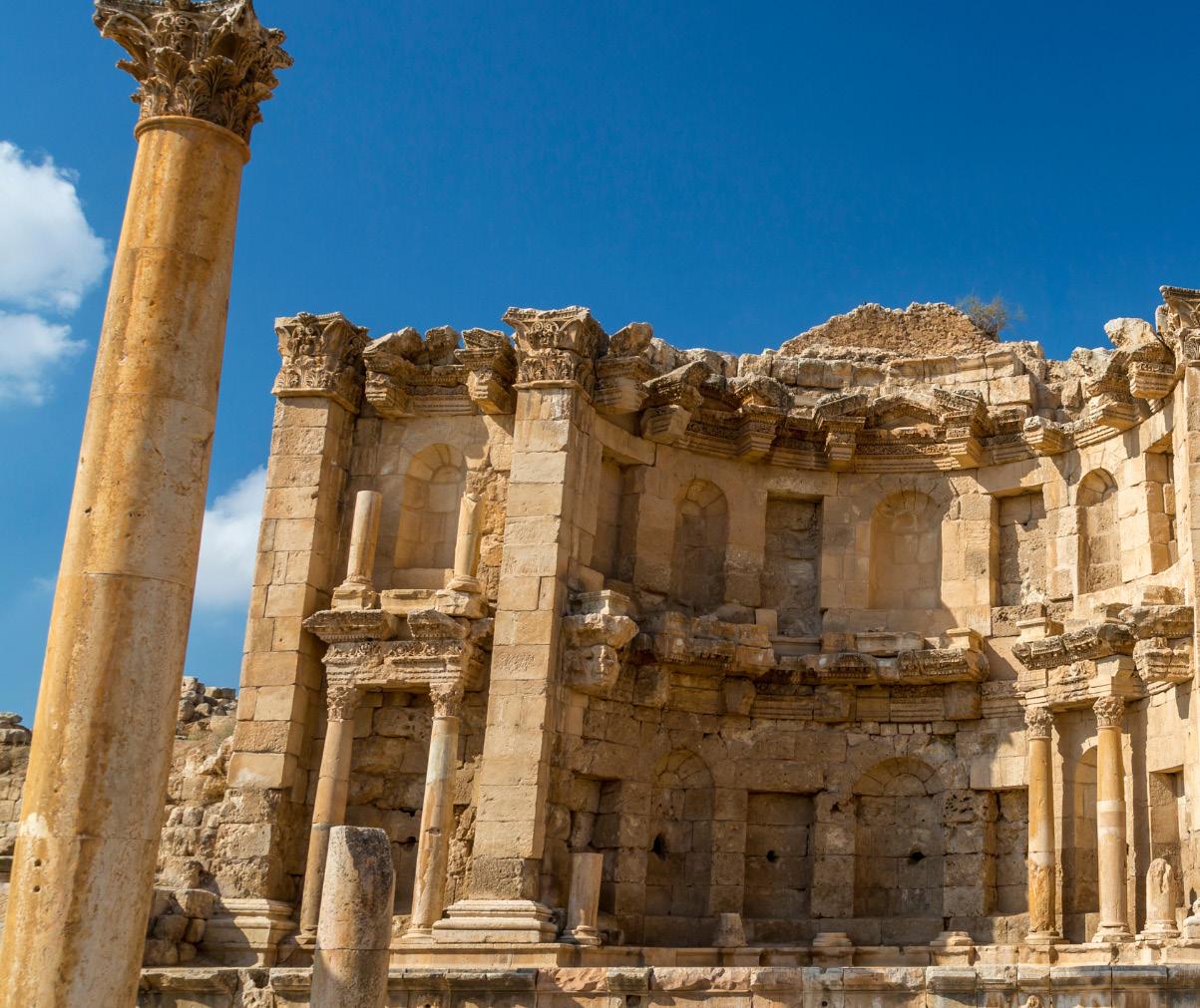
Jerash
Jerash,oneofthebest-preservedRomancitiesoutsideofItaly,isacaptivatingdestination for history lovers. Located in northern Jordan, this ancient city—known as Gerasa during Roman times—boasts stunning ruins that offer a glimpse into its rich past as a prosperous center of trade and culture. Visitors can explore the expansive site, walking through the impressive Hadrian’s Arch, which once welcomed Emperor Hadrian to the city. The colonnaded streets, magnificent temples of Zeus and Artemis, and the massive Oval Plaza are all awe-inspiring examples of Roman architecture. Jerash also features two grand theaters, where live performances are still held today, adding to its vibrant

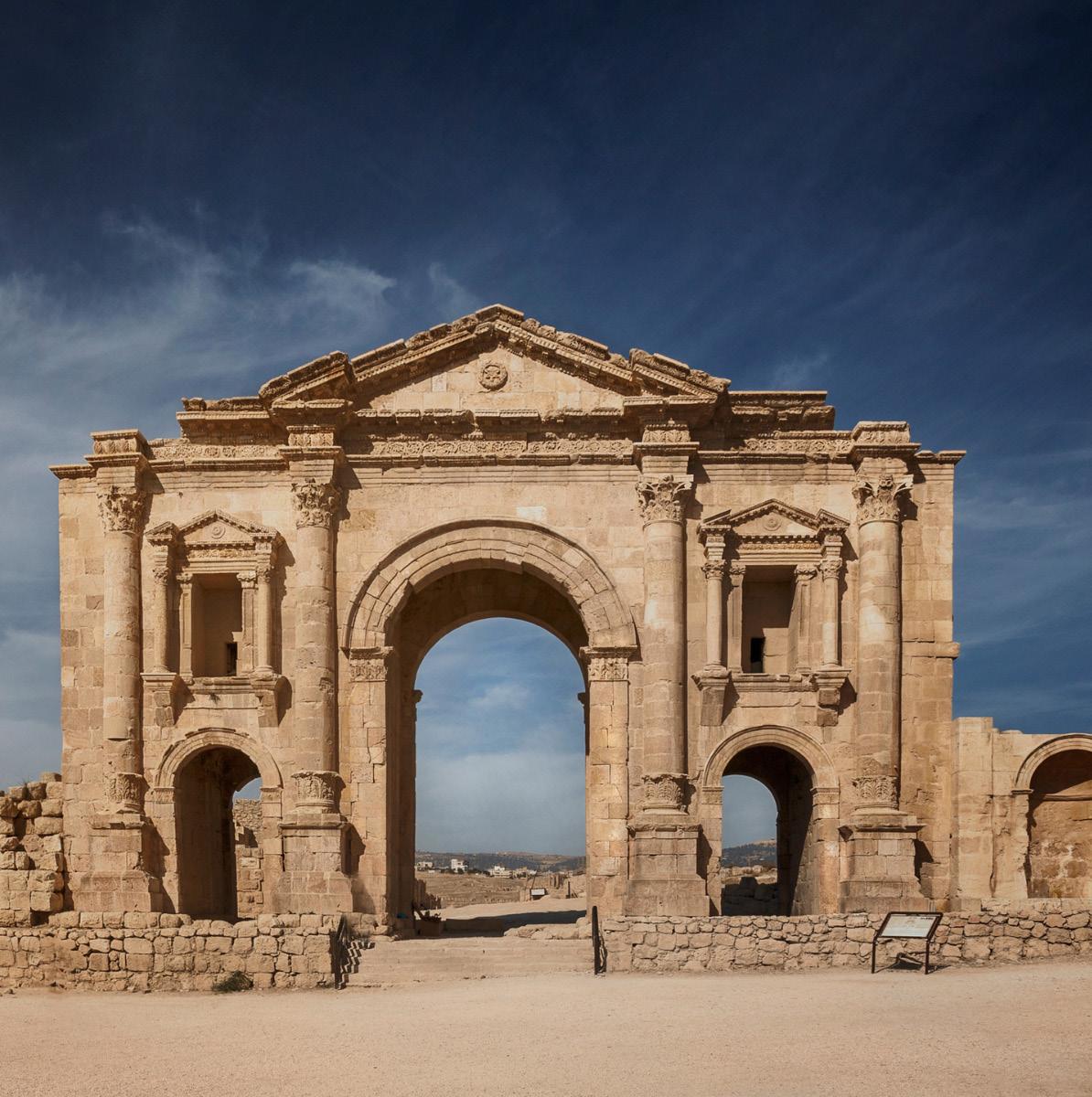

historicalatmosphere.Thecity’sextensivepreservationallowsyoutotrulyimagine life in a bustling Roman metropolis. The surrounding hills offer picturesque views, and the nearby Jerash Archaeological Museum provides additional insight into the city’s history. Easily accessible from Amman, Jerash makes for a perfect day trip. Whether you’re interested in Roman history, archaeology, or simply want to experience the grandeur of the past, Jerash is an unforgettable destination that immerses visitors in the ancient world.
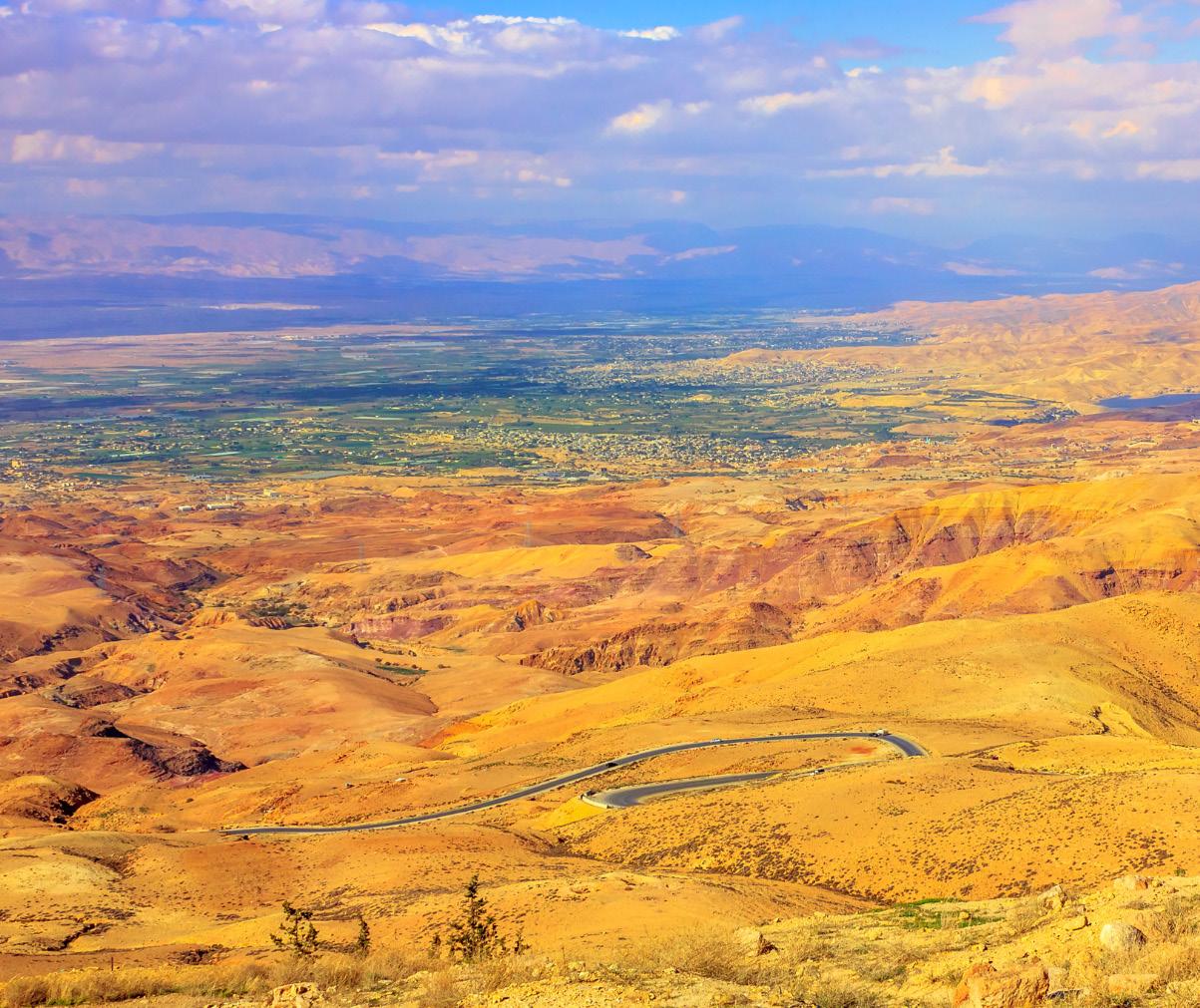
Mount Nebo
Mount Nebo, located in Jordan near the Dead Sea, is a sacred site steeped in biblical history and offers breathtaking panoramic views. According to tradition, this is the place where Moses stood to glimpse the Promised Land before his death. On a clear day, visitors can see across the Jordan Valley, the Dead Sea, and even as far as Jerusalem and Jericho. At the summit, you’ll find a small church and a museum displaying ancient mosaics from early Christian times. The modern Memorial Church of Moses stands on the remains of an ancient Byzantine church, where pilgrims have worshipped for
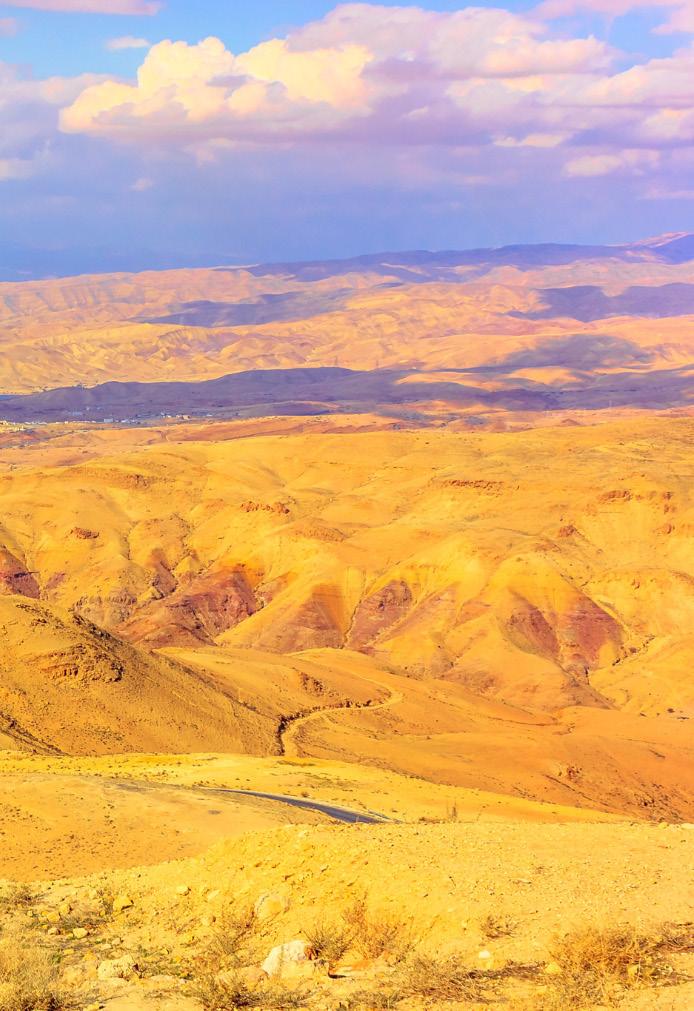
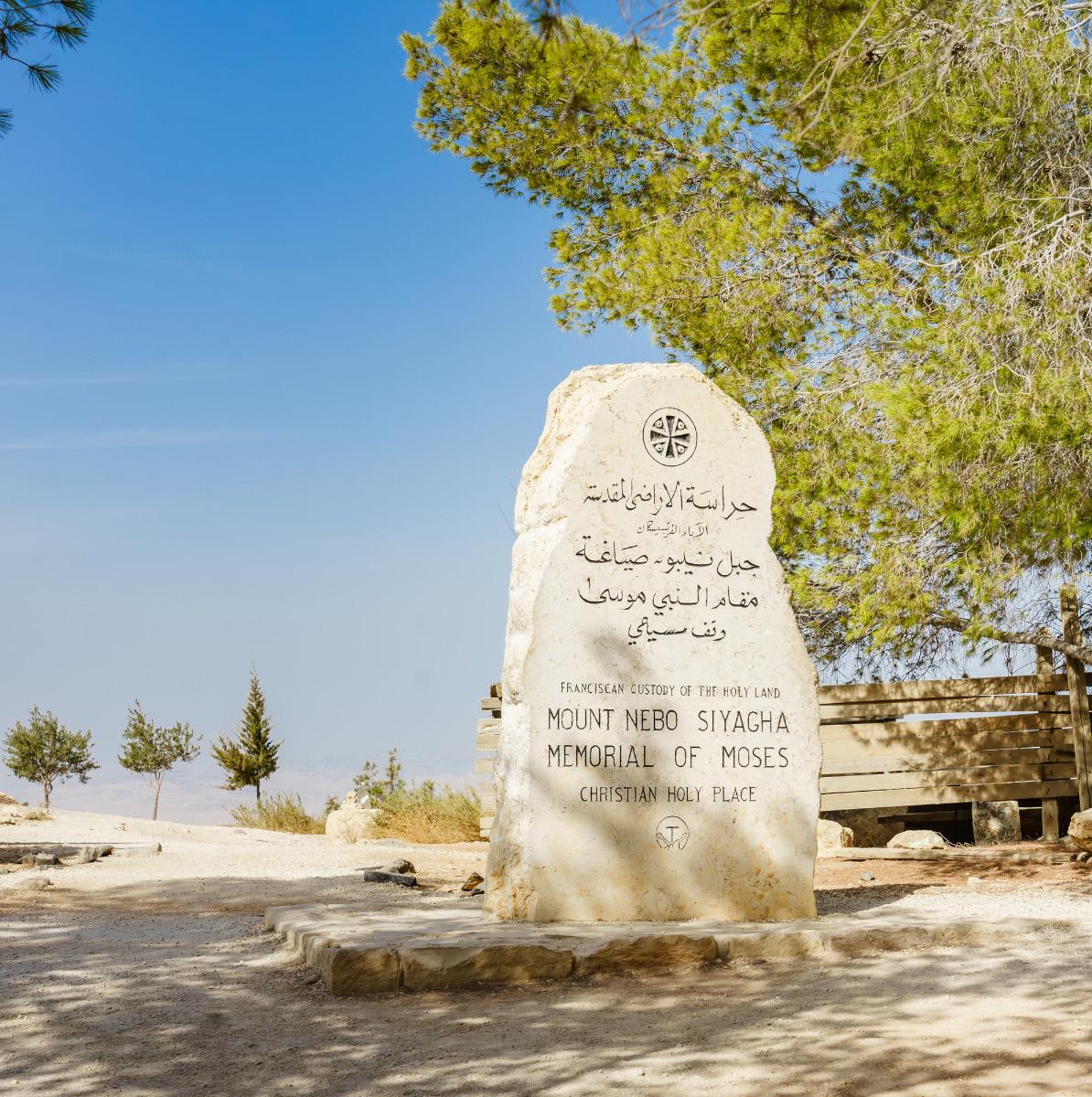
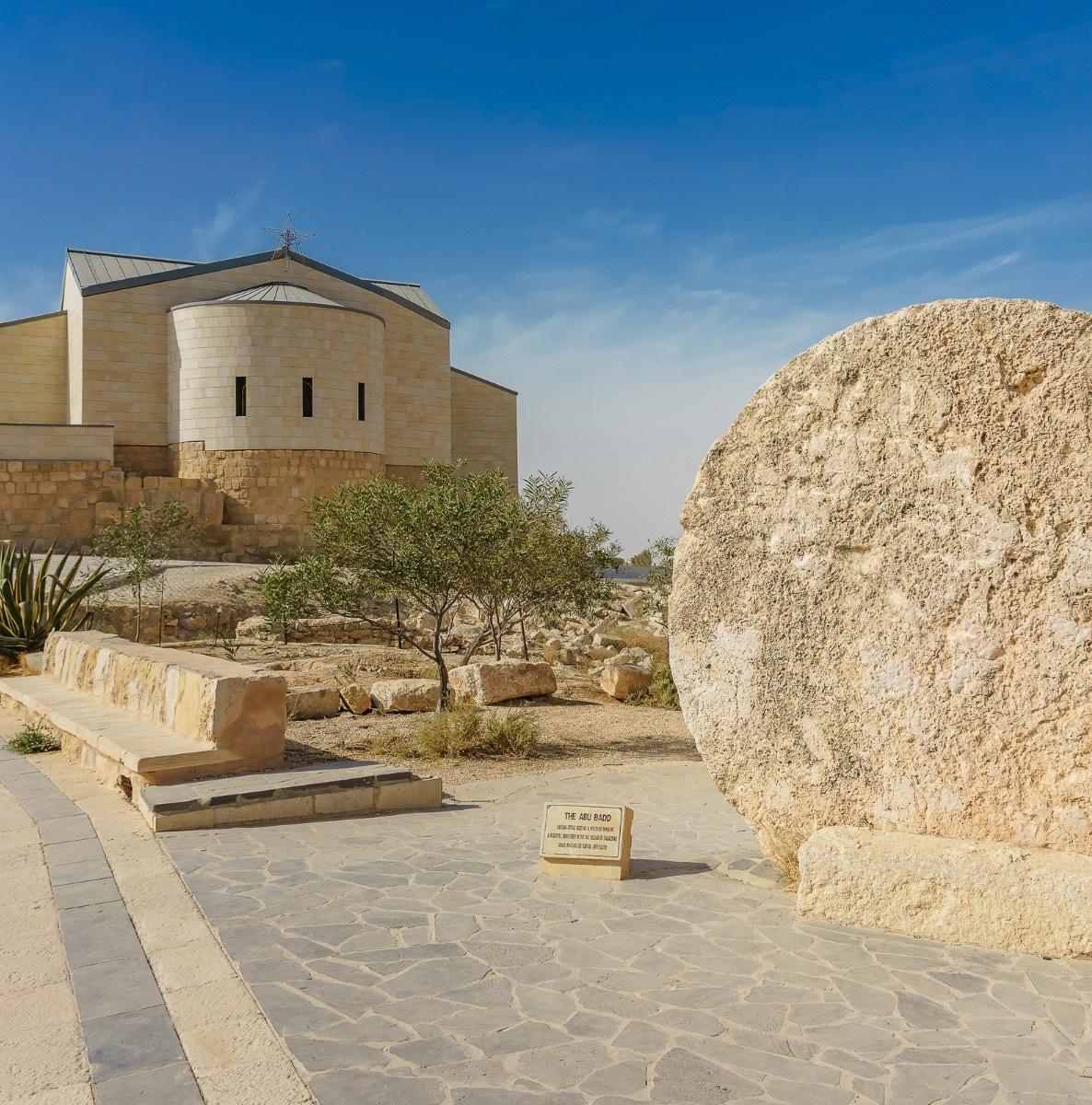
centuries. The striking serpentine cross sculpture, symbolizing the bronze serpent Moses raised in the desert, adds to the spiritual atmosphere. Mount Nebo is not only a place of religious significance but also a serene spot for reflection. Whether you are drawn by faith, history, or simply the stunning vistas, Mount Nebo is a peaceful and inspiring destination. Located just a short drive from Amman or Madaba,it’saneasyandenrichingstopfortravelersexploringJordan’srichcultural and natural heritage.

Madaba, known as the “City of Mosaics,” is a charming town in central Jordan rich in historyandculture.Locatedjust30kilometerssouthwestofAmman,itisbestknownfor its stunning Byzantine and Umayyad-era mosaics, particularly the famous 6th-century Mosaic Map of the Holy Land. This ancient map, located in the Church of St. George, vividly depicts biblical sites across the Middle East, including Jerusalem, making it a highlight for pilgrims and history enthusiasts alike. Beyond its mosaics, Madaba offers a blend of ancient ruins, churches, and local markets that give visitors a taste of


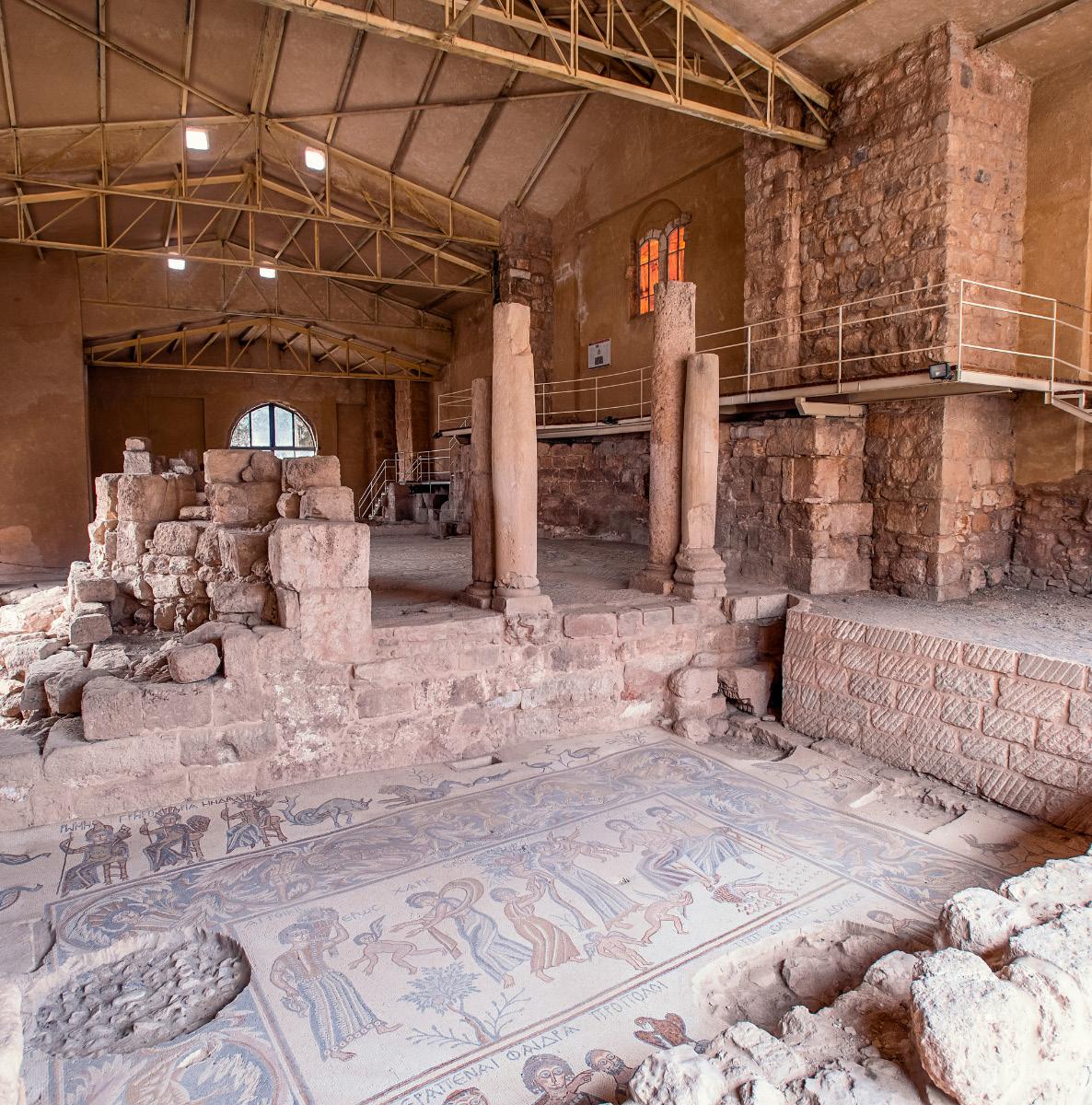
authentic Jordanian life. The town’s Archaeological Park houses additional mosaic masterpieces, while nearby Mount Nebo, where Moses is said to have glimpsed the Promised Land, offers panoramic views over the Dead Sea and beyond. Madaba’s relaxed atmosphere, friendly locals, and historical treasures make it an ideal stop on the way to other popular Jordanian sites like the Dead Sea or Petra. Whether you’re fascinated by ancient art, biblical history, or simply enjoy exploring cultural gems, Madaba is a destination not to be missed.

Amman Citadel
The Citadel of Amman, perched atop Jabal al-Qala’a hill, offers breathtaking views of Jordan’s capital and a fascinating glimpse into the region’s rich history. This ancient site, continuously occupied since the Bronze Age, reflects the layers of civilizations that have shaped Amman. At the heart of the Citadel, you’ll find the ruins of the Temple of Hercules, a Roman structure dating back to the 2nd century AD. Nearby stands the Umayyad Palace, a grand Islamic-era complex featuring impressive vaulted chambers and a beautifully restored dome. The site also includes remnants from Byzantine and



earlier periods, showcasing a diverse architectural legacy. The Citadel is home to the Jordan Archaeological Museum, where you can see artifacts from prehistoric times to the Islamic era, including the Dead Sea Scrolls fragments and ancient statues. A visit to the Citadel offers more than just historical exploration—its panoramic views ofAmman’sbustlingdowntownandthenearbyRomanTheatermakeitaperfectspot for photography. Easily accessible and rich with cultural significance, the Citadel of Amman is an essential stop for anyone interested in Jordan’s ancient heritage.

The Roman Theater
Amman’s Roman Theater is a stunning relic of ancient Roman architecture and a highlightofJordan’scapitalcity.Builtinthe2ndcenturyADduringthereignofEmperor Antoninus Pius, the theater is nestled into a hillside and can seat up to 6,000 spectators. It served as a central hub for public performances and gatherings, showcasing the grandeur and social life of the Roman city of Philadelphia, as Amman was once called. Today,theRomanTheaterisoneofAmman’smostpopularattractions,drawingvisitors toitssteepstonestepsandpanoramicviewsofthesurroundingcity.Youcanclimbtothe
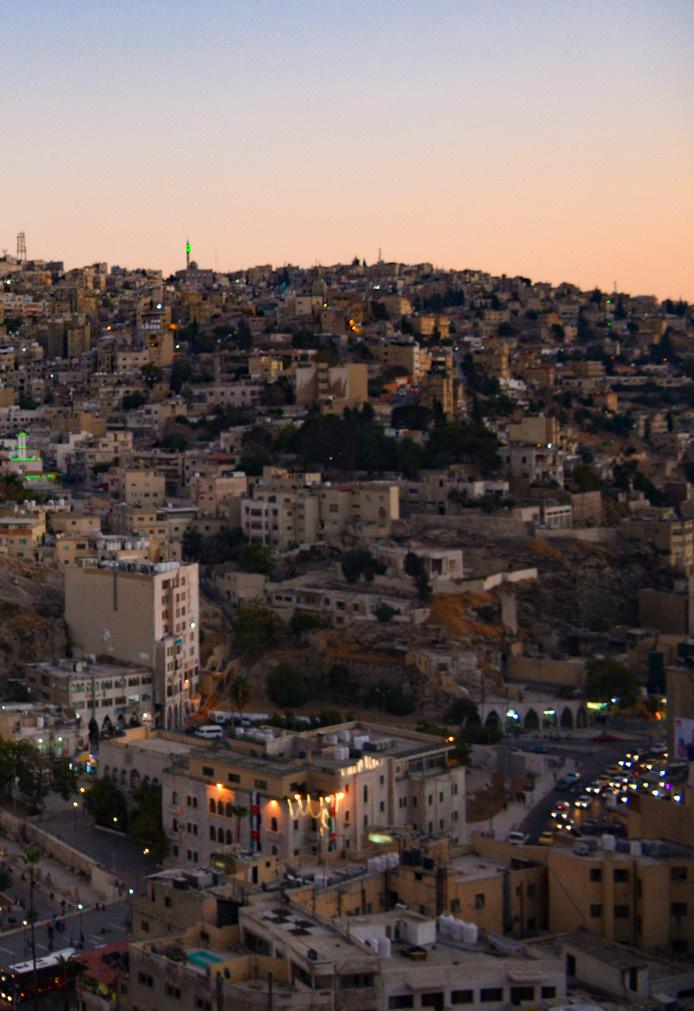
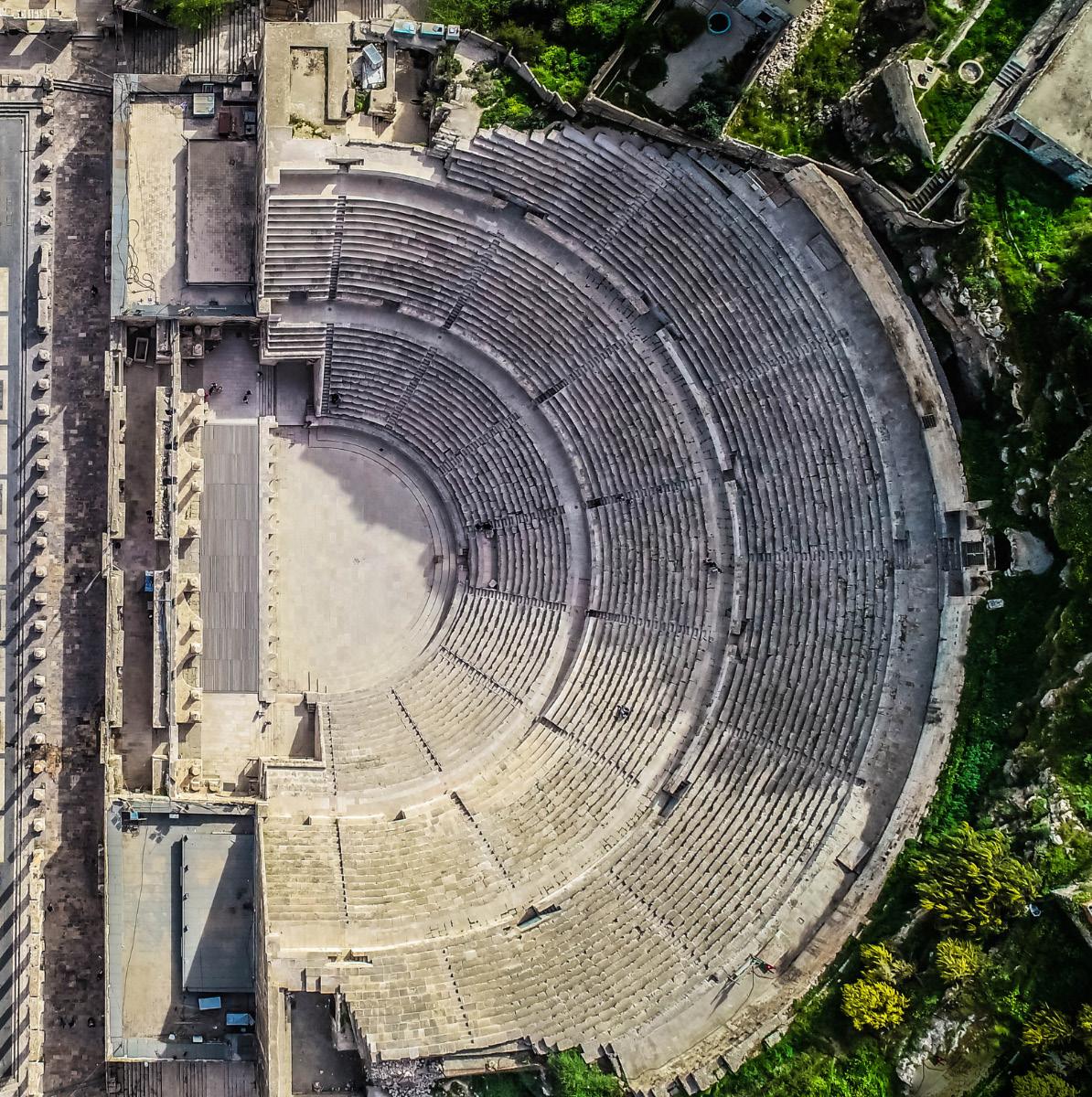
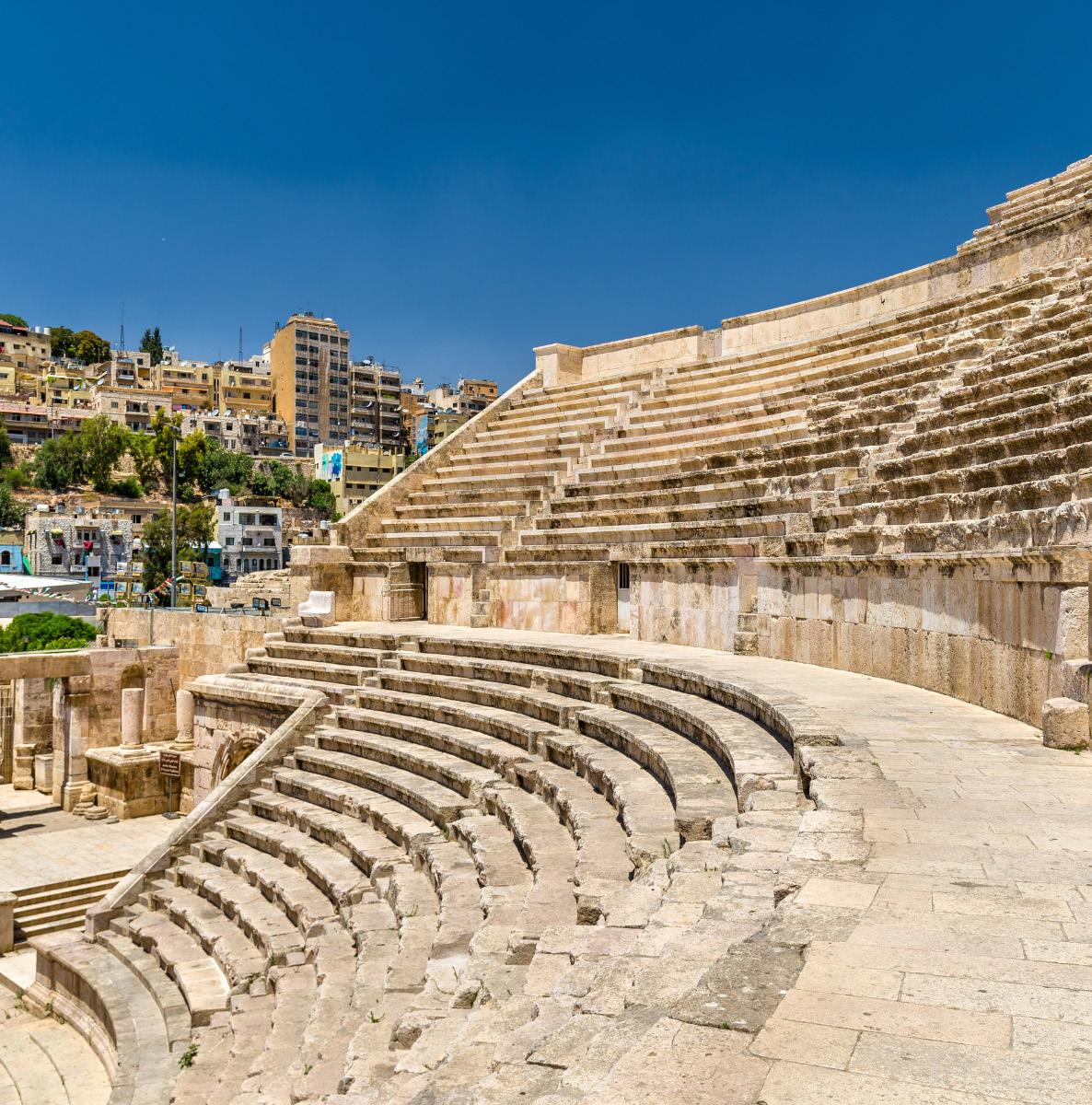
top for a breathtaking vantage point, or imagine the echoes of ancient performances from the stage below. The theater remains in use for modern cultural events, giving visitors the chance to experience the venue as it was originally intended. Adjacent to the theater, the Jordan Folklore Museum and the Museum of Popular Traditions offer fascinating insights into Jordanian heritage, from traditional costumes to ancient artifacts. Located in the heart of downtown Amman, the Roman Theater is easily accessible and a must-see for anyone interested in history and architecture.

The Baptism Site
Bethany Beyond the Jordan, known locally as Al-Maghtas, is a sacred site nestled along the eastern bank of the Jordan River in modern-day Jordan. Revered as the place where Jesus was baptized by John the Baptist, this UNESCO World Heritage Site is a destination of profound spiritual and historical significance for Christians around the world. The site is characterized by serene landscapes, ancient ruins, and a quiet reverence that contrasts with its monumental historical importance. Visitors can explore archaeological remains dating back to Roman and Byzantine times, including
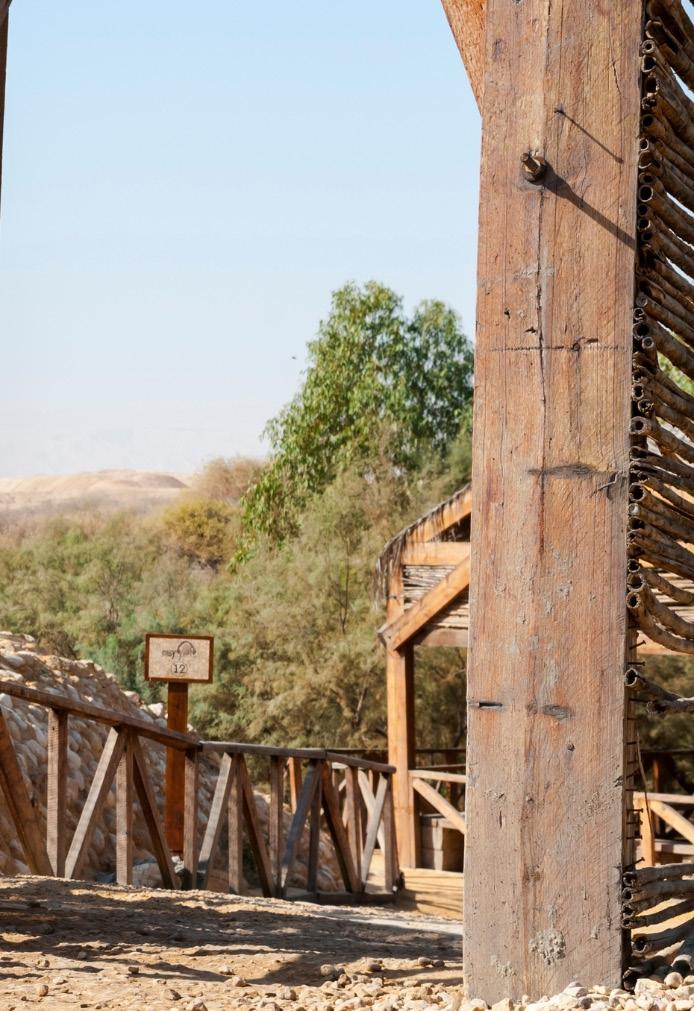


churches, baptismal pools, and hermit caves, all set against the tranquil backdrop of the Jordan River. A highlight of any visit is the small chapel marking the traditional spot of Jesus’s baptism, where pilgrims often renew their faith in the river’s waters. Guided tours provide rich insights into the area’s biblical heritage and its role in early Christian history. Bethany Beyond the Jordan is easily accessible from Amman, making it an ideal half-day excursion. Whether for religious pilgrimage or historical exploration, the site offers a unique glimpse into a pivotal moment in Christian tradition and is a must-see for visitors to Jordan.

Egypt
Egypt is one of the oldest cradles of Christianity, making it a profound destination for Catholic pilgrims. Long before the spread of Christianity across Europe, the Holy Family—Mary, Joseph, and the infant Jesus— sought refuge here, fleeing Herod’s decree. Their journey through Egypt, commemorated in tradition as the Flight into Egypt, left behind a trail of sacredsites,churches,andmonasteriesthatcontinuetoinspirepilgrimstoday. Many begin their pilgrimage in Cairo, where the ancient district of Coptic Cairo holds treasures like the Hanging Church, one of the oldest churches in the country, built above a Roman gatehouse. Nearby is Saint Sergius and Bacchus Church, believed to stand over a cave where the Holy Family once



rested. Pilgrims can also visit the Coptic Museum, which preserves rare Christian artifacts and manuscripts. Beyond Cairo, the pilgrimage often extends into the desert, where monastic life has flourished for centuries. The legendary Monastery of Saint Anthony, founded in the 4th century near the Red Sea, is considered the oldest Christian monastery in the world. Equally revered is the Monastery of Saint Catherine at the foot of Mount Sinai, a UNESCO World Heritage site where Moses is said to have received the Ten Commandments. A Catholic pilgrimage to Egypt is more than a journey through sacred geography—it is a walk through living history, faith, and devotion. From ancient chapels to timeless deserts, pilgrims encounter the roots of Christianity and experience the spiritual legacy that continues to shape Egypt’s soul.

Pyramids of Giza
The Pyramids of Giza, located just outside Cairo, are among the world’s most iconic ancient wonders. Built over 4,500 years ago as royal tombs for Egypt’s pharaohs, these colossal monuments stand as a testament to the brilliance of ancient Egyptian engineering. The Giza complex features three main pyramids: the Great Pyramid of Khufu, the Pyramid of Khafre, and the smaller Pyramid of Menkaure. The Great Pyramid, the largest and most famous, was the tallest man-made structure in the world for millennia. Nearby, the mysterious Sphinx, with its lion’s body and human face, adds to the mystique of the site.



Visitors can walk or ride camels across the desert plateau to explore the pyramids upcloseandtakeinbreathtakingviewsofthesurroundinglandscape.Adventurous travelers may even have the opportunity to enter one of the pyramids, depending on availability. The Solar Boat Museum and nearby temples offer deeper insight into Egypt’s ancient burial rituals. Easily accessible from Cairo, the Pyramids of Giza are a must-see destination for history lovers and adventure seekers alike, blending awe-inspiring architecture with Egypt’s rich cultural heritage.

The Sphinx of Giza
TheSphinxofGiza,amonumentalsymbolofancientEgypt,standsasoneoftheworld’s most recognizable statues. Situated near the Great Pyramids on the Giza Plateau, this enigmatic limestone statue, with the body of a lion and the head of a human, represents strength and wisdom. Believed to have been built during the reign of Pharaoh Khafre around 2500 BCE, the Sphinx is thought to be a guardian of the Giza necropolis. At 73 meterslongand20metershigh,theSphinxisanimpressivefeatofancientcraftsmanship. Its face, often believed to depict Pharaoh Khafre, gazes directly east, symbolizing the connection between the king and the rising sun. The statue’s worn features, particularly



the missing nose, only add to its air of mystery, sparking centuries of debate and myth. Visitors can explore the Sphinx’s surroundings on foot, walking along the ancient pathways that connect it to the pyramids. A visit to the adjacent Valley Temple offers a closer look at the ancient practices of mummification and burial rites. The Sphinx of Giza remains an enduring symbol of ancient Egypt’s grandeur, offering travelers a glimpse into the mystical world of the pharaohs and the fascinating legacy of this ancient civilization.
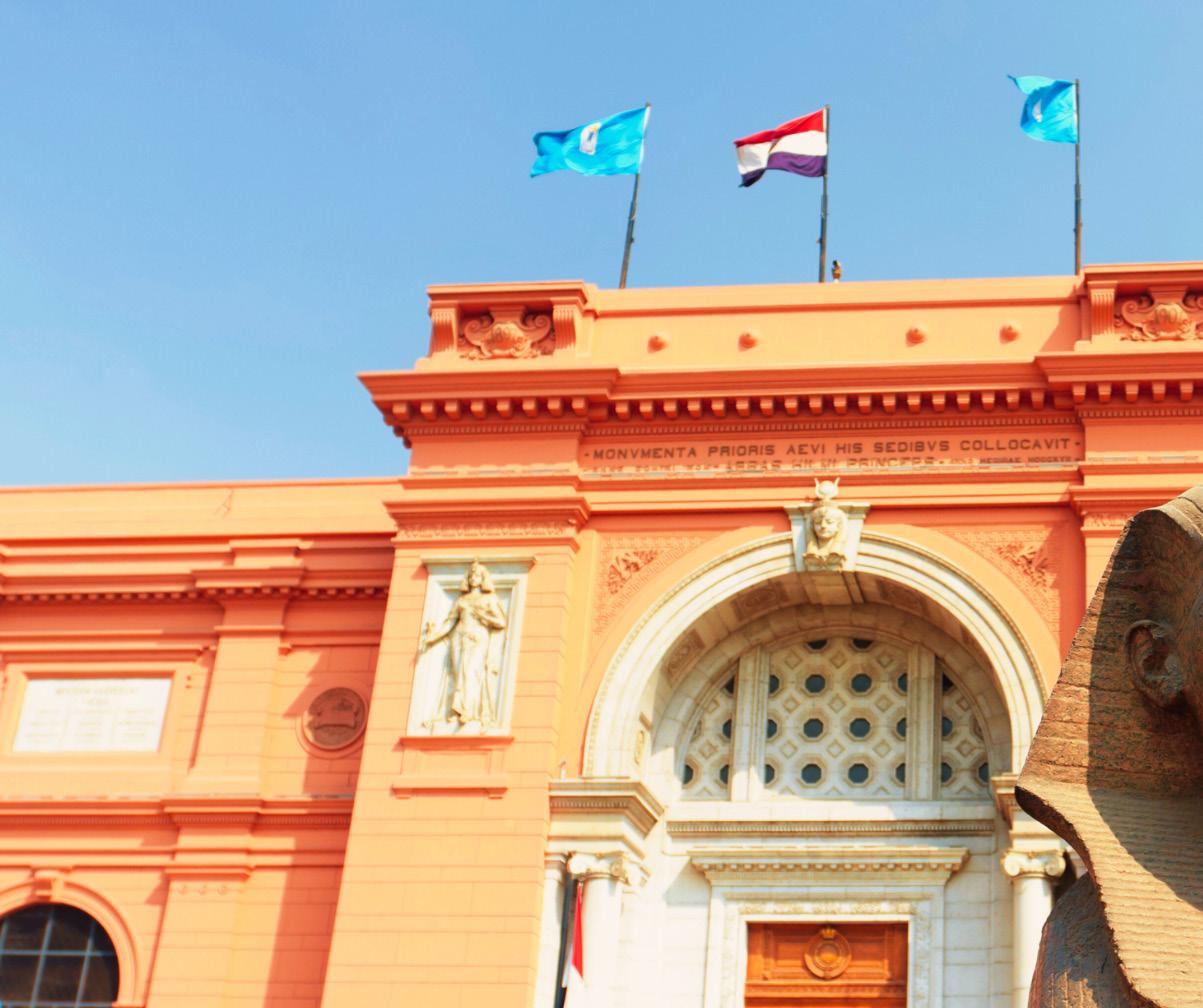
The Egyptian Museum
TheEgyptianMuseum,locatedintheheartofCairo,isatreasuretroveofancientEgyptian historyandoneoftheworld’smostrenownedmuseums.Hometoover120,000artifacts, it offers visitors an unparalleled glimpse into Egypt’s rich cultural heritage, spanning more than 5,000 years. The museum’s star attraction is the collection of treasures from KingTutankhamun’stomb,includingthefamousgoldenmask,jewelry,andburialitems. The Royal Mummy Room is another highlight, housing the preserved remains of some of Egypt’s most famous pharaohs, such as Ramses II and Hatshepsut. The museum also featuresstatues,pottery,papyri,andeverydayitemsfromancientEgyptianlife,providing
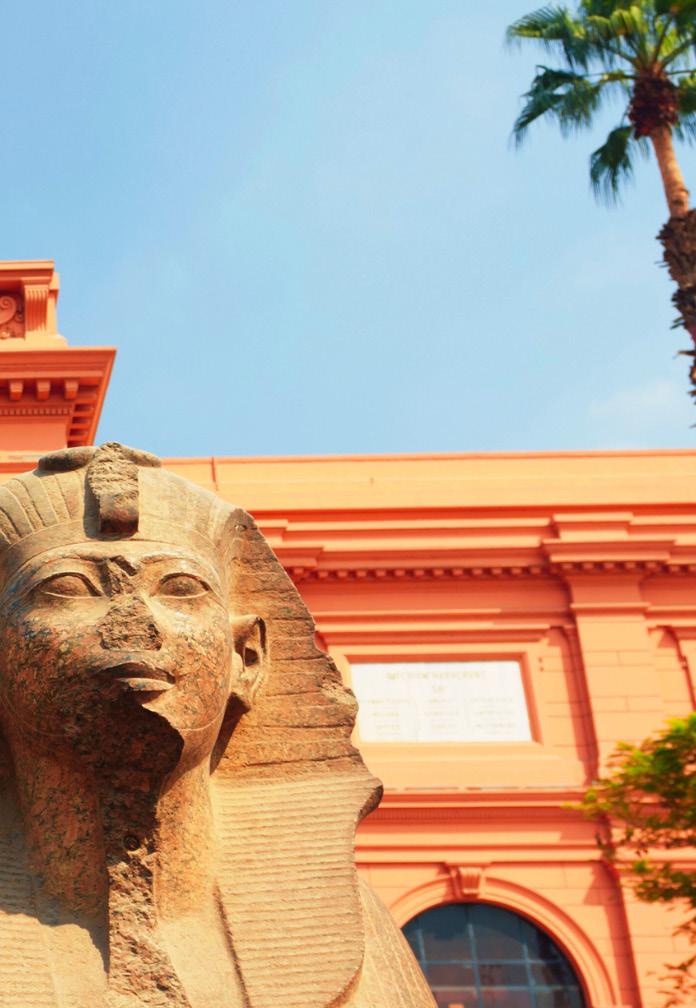
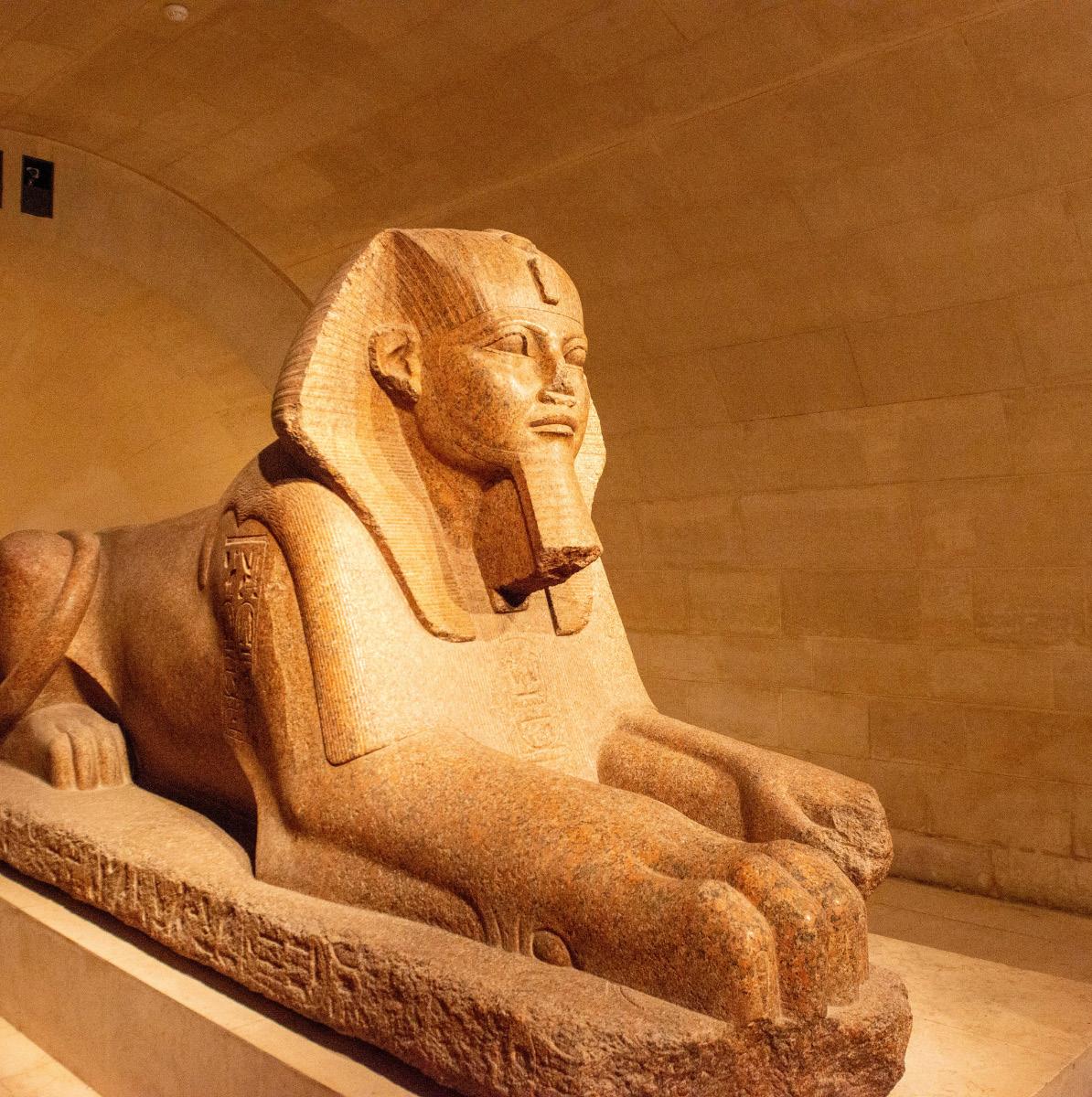
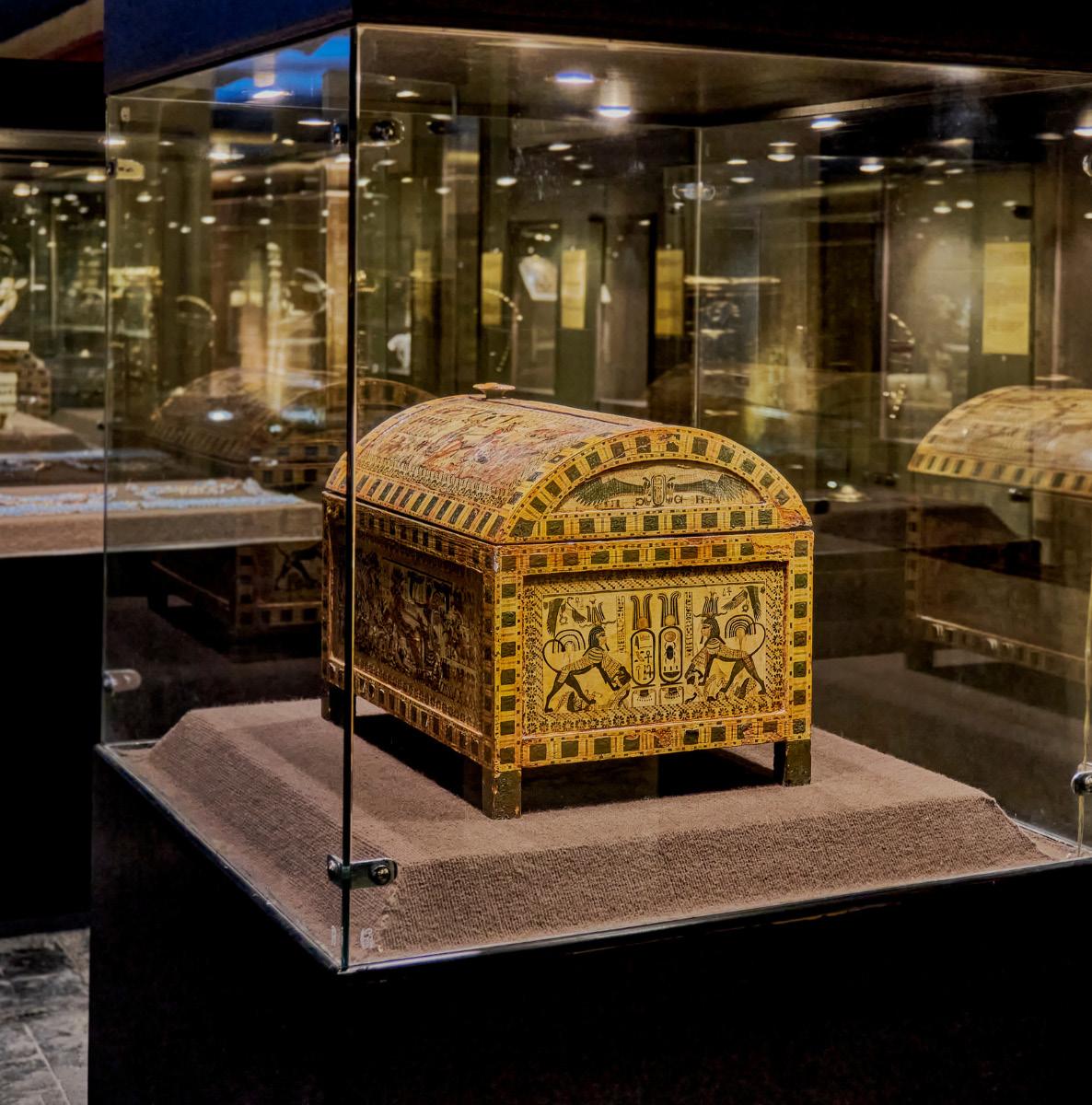
a deep understanding of this ancient civilization. Designed in a neoclassical style, the museum’s vast halls are organized chronologically, allowing visitors to journey through Egypt’s dynastic periods, from the Predynastic era to the Greco-Roman period. Its dimly lit galleries, filled with awe-inspiring relics, evoke the grandeur of Egypt’s ancient world. Located on Tahrir Square, the Egyptian Museum is easily accessible and is a must-visit for history lovers and anyone fascinated by ancient Egypt. It offers a captivating experience, allowing travelers to connect with Egypt’s majestic past.

Luxor’s Karnak Temple
Karnak Temple, located in Luxor, is one of the largest and most impressive religious complexes in the world, dedicated to the Theban gods, primarily Amun-Ra. This sprawling temple, which took over 2,000 years to construct, is a testament to the power anddevotionoftheancientEgyptians.Itwasacentralplaceofworshipforthepharaohs, who continually expanded it, making it a massive open-air museum of ancient art and architecture. The most iconic part of Karnak is the Hypostyle Hall, with its towering 134 columns arranged in 16 rows, some standing over 20 meters tall. Walking through this hall is a humbling experience, as you feel dwarfed by the monumental scale and

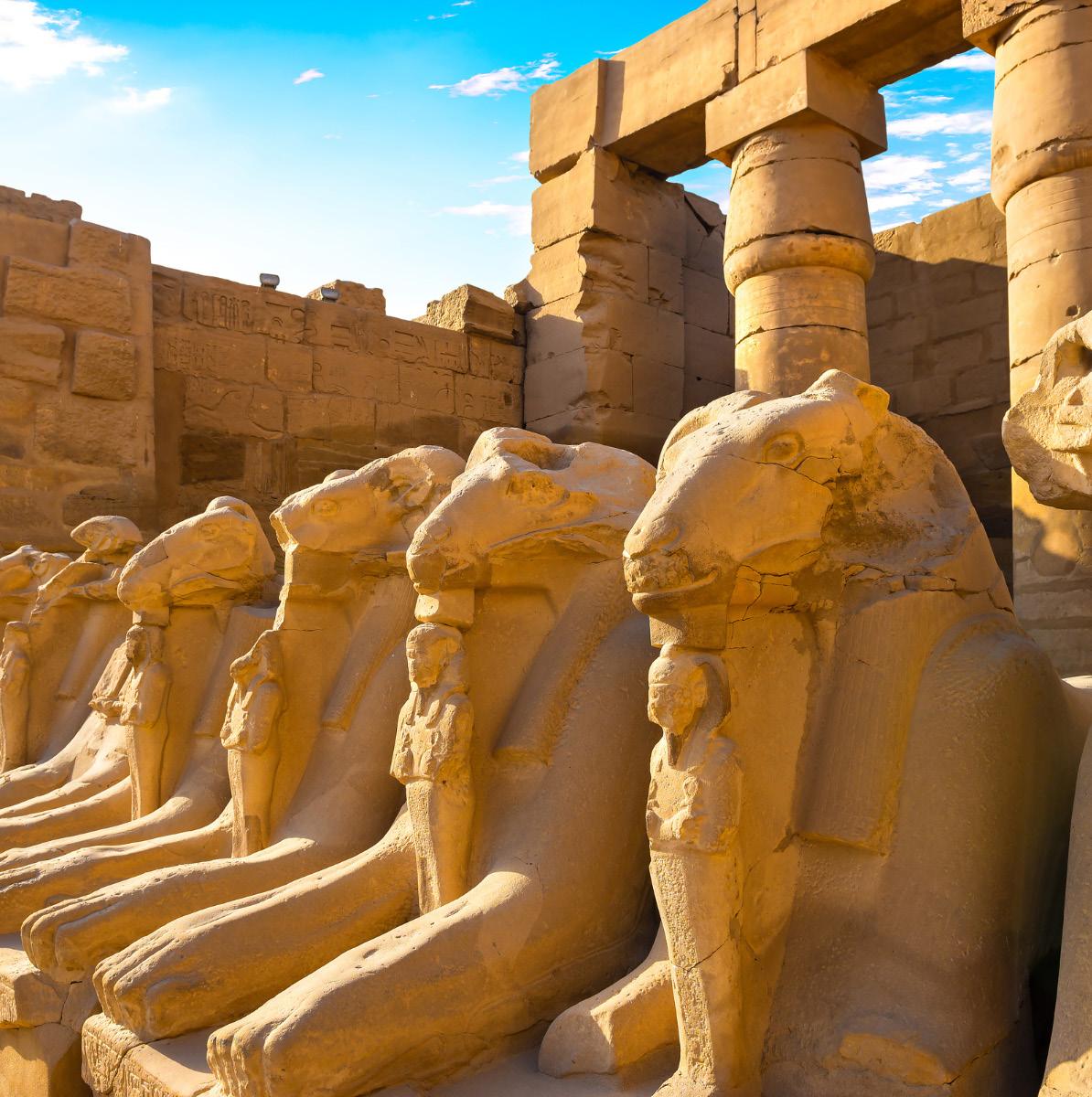

intricacy of the carvings. The temple also features impressive obelisks, colossal statues,andsacredlakesthatonceplayedakeyroleinreligiousceremonies.Visitors can explore the different sections of the temple, including the Precinct of Amun, the Precinct of Mut, and the smaller temple dedicated to Khonsu. In the evening, the Karnak Sound and Light Show brings the temple to life with dramatic lighting and narration, offering an immersive journey into its history. Karnak Temple is an unmissable highlight of Luxor, blending architectural grandeur with ancient spiritual significance.
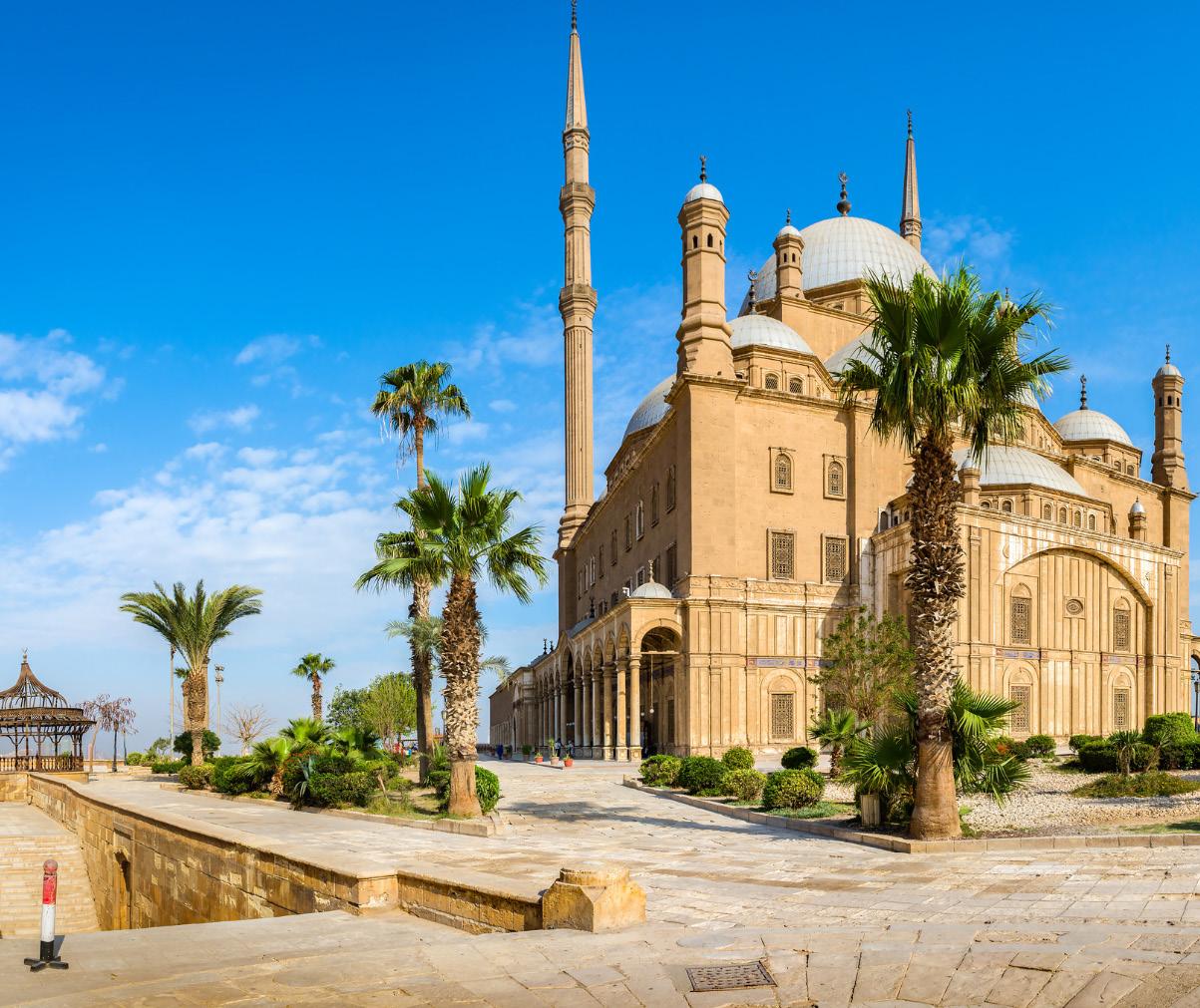
The Citadel of Salahuddin
The Citadel of Salahuddin, also known as the Cairo Citadel, is a monumental fortress perchedontheMokattamHill,offeringbreathtakingviewsofCairo’ssprawlingskyline. Builtinthelate12thcenturybythelegendaryMuslimleaderSalahuddin(Saladin),the citadel was designed to protect Cairo from Crusader invasions. Over the centuries, it has served as a seat of power for various rulers and remains one of Egypt’s most iconic landmarks. The citadel is home to several impressive structures, the most famous of which is the Mosque of Muhammad Ali, with its grand Ottoman-style domes and



towering minarets. Visitors can explore the mosque’s ornate interior, with its stunning chandeliers and intricate Islamic designs. Other highlights within the citadel include the Al-Nasir Muhammad Mosque, the Gawhara Palace, and the Military Museum, which showcases Egypt’s long military history. The Citadel of Salahuddin is not only a symbolofCairo’smedievalstrengthbutalsoaculturalhubthatreflectsEgypt’sIslamic heritage. From its panoramic terraces, visitors can enjoy magnificent views of the city, including a stunning vista of the Pyramids of Giza in the distance. The citadel remains a must-see destination for history buffs and architecture enthusiasts.
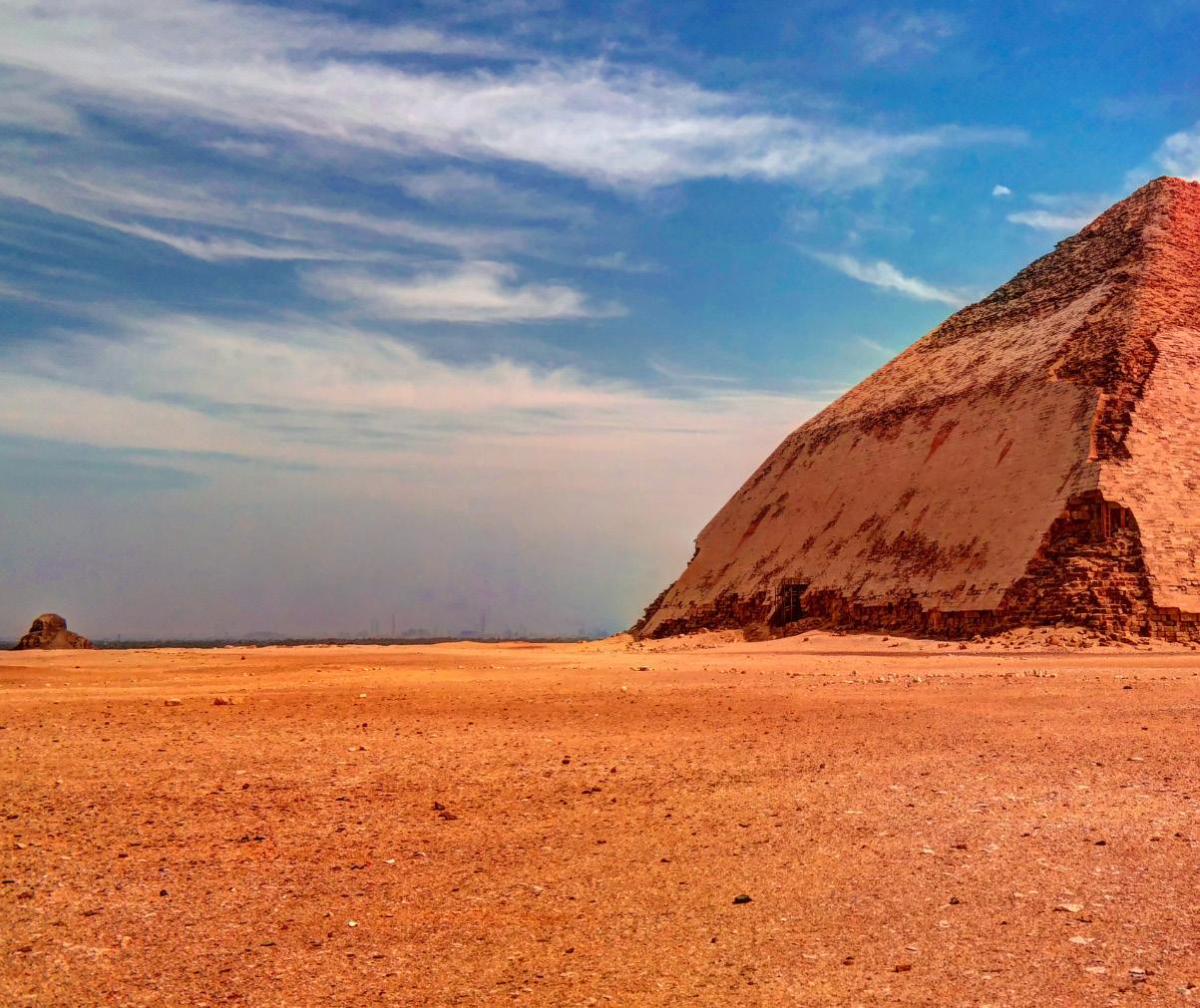
The Red Pyramid
The Red Pyramid (Bent Pyramid), located at the Dahshur necropolis just south of Cairo, is Egypt’s first true smooth-sided pyramid and one of the most significant architectural achievements of the Old Kingdom. Built by Pharaoh Sneferu around 2600BCE,theRedPyramidstands104meterstall,makingitthethird-largestpyramid in Egypt, after the Great Pyramid and the Pyramid of Khafre at Giza. Named for the reddish hue of its limestone blocks, the Red Pyramid is remarkable not only for its size but also for its near-perfect construction, marking a key step in the evolution of pyramid building. Unlike earlier attempts, Sneferu’s architects successfully created



smooth, sloping sides that paved the way for later pyramids. What makes the Red Pyramidparticularlyuniqueisitsaccessibility.Visitorscanenterthepyramidthrough anarrowpassagewaythatleadstothreeinnerchambers,offeringarareopportunityto explore the interior of an ancient Egyptian pyramid. The peaceful setting at Dahshur, awayfromthebusyGizacomplex,providesamoresereneanduncrowdedexperience. Less visited but equally fascinating, the Red Pyramid offers a glimpse into the early innovations of ancient Egyptian architecture, making it a hidden gem for history enthusiasts and adventurous travelers.

Step Pyramid of Djoser
The Step Pyramid of Djoser, located in Saqqara, Egypt, is the world’s first large-scale stone monument and a groundbreaking achievement in ancient architecture. Built around2670BCEforPharaohDjoserbyhisarchitectImhotep,thispyramidmarksthe beginning of Egypt’s pyramid-building era. Unlike the later smooth-sided pyramids, the Step Pyramid is composed of six stacked mastabas (flat-roofed tombs), creating its distinctive stepped appearance. Standing at 62 meters tall, the Step Pyramid was part of a larger mortuary complex designed to ensure the king’s safe passage into the afterlife. The complex includes courtyards, temples, and a surrounding limestone



wall, offering insight into the early development of Egyptian religious architecture. Imhotep’s revolutionary use of stone, instead of traditional mudbrick, set the stage for future monumental constructions. Visitors to Saqqara can explore the pyramid and its surrounding structures, as well as the site’s fascinating network of underground tunnels. The Saqqara necropolis is less crowded than the Pyramids of Giza, allowing for a more intimate experience with ancient history. Just a short drive from Cairo, the Step Pyramid of Djoser is a must-see for travelers interested in the origins of pyramid construction and Egypt’s ancient heritage.

Enjoy Your Pilgrimage!
Wishing everyone embarking on their pilgrimage to the Holy Land a journey filled with deep spiritual connection, reflection, and profound inspiration. As you walk through the sacred sites and witness the history and faith that have shaped countless generations, may you find peace, strength, and renewal. May your travels be safe, your experiences transformative, and your heart filled with blessings. Shalom and may this pilgrimage bring you closer to your faith and to a sense of lasting peace and purpose!



